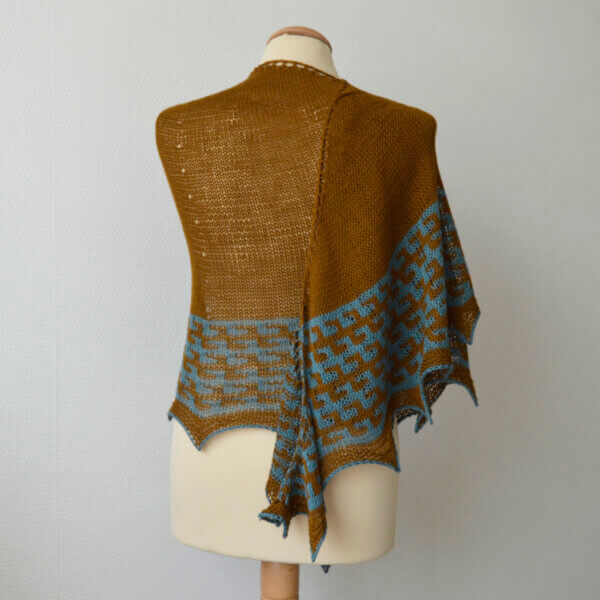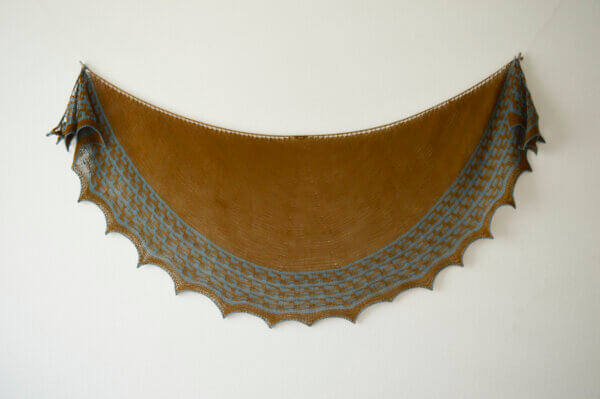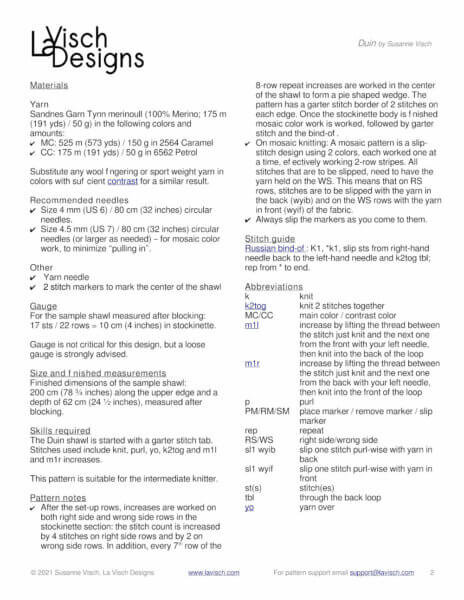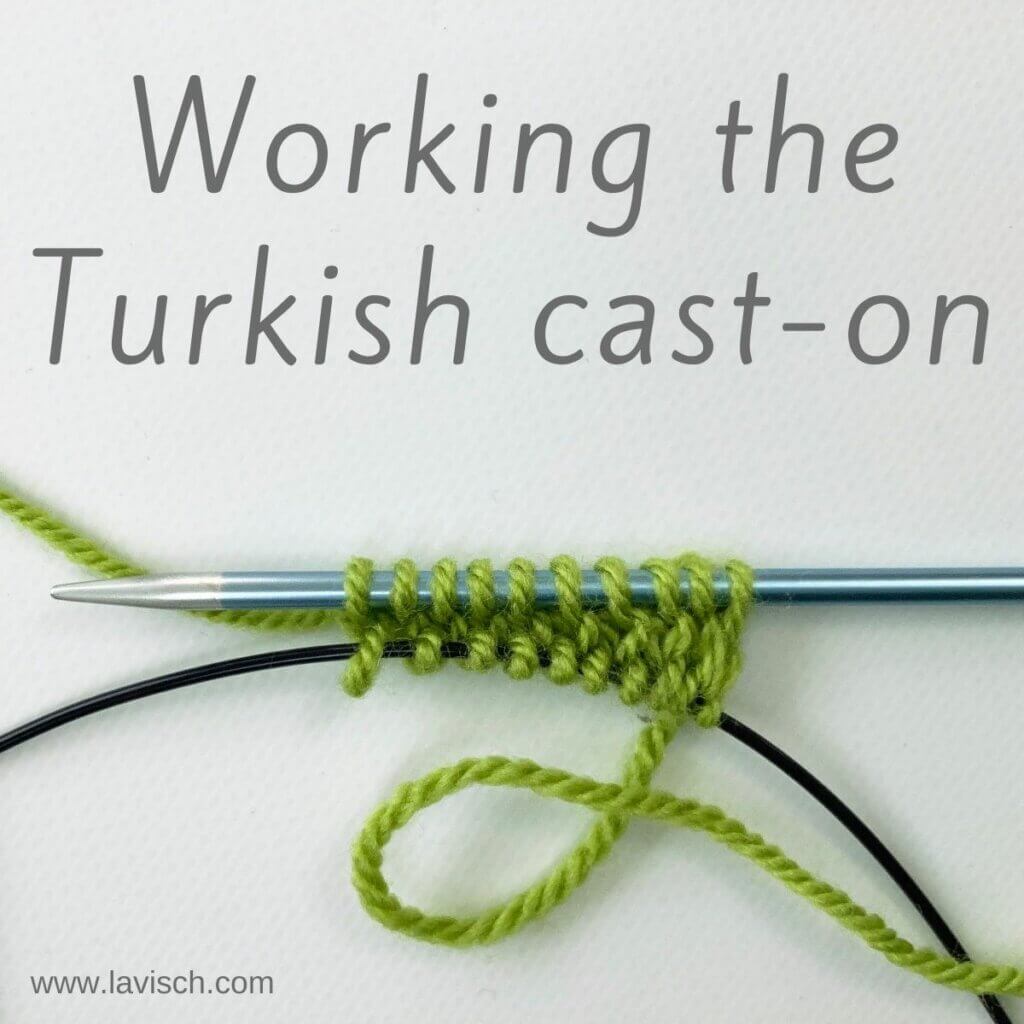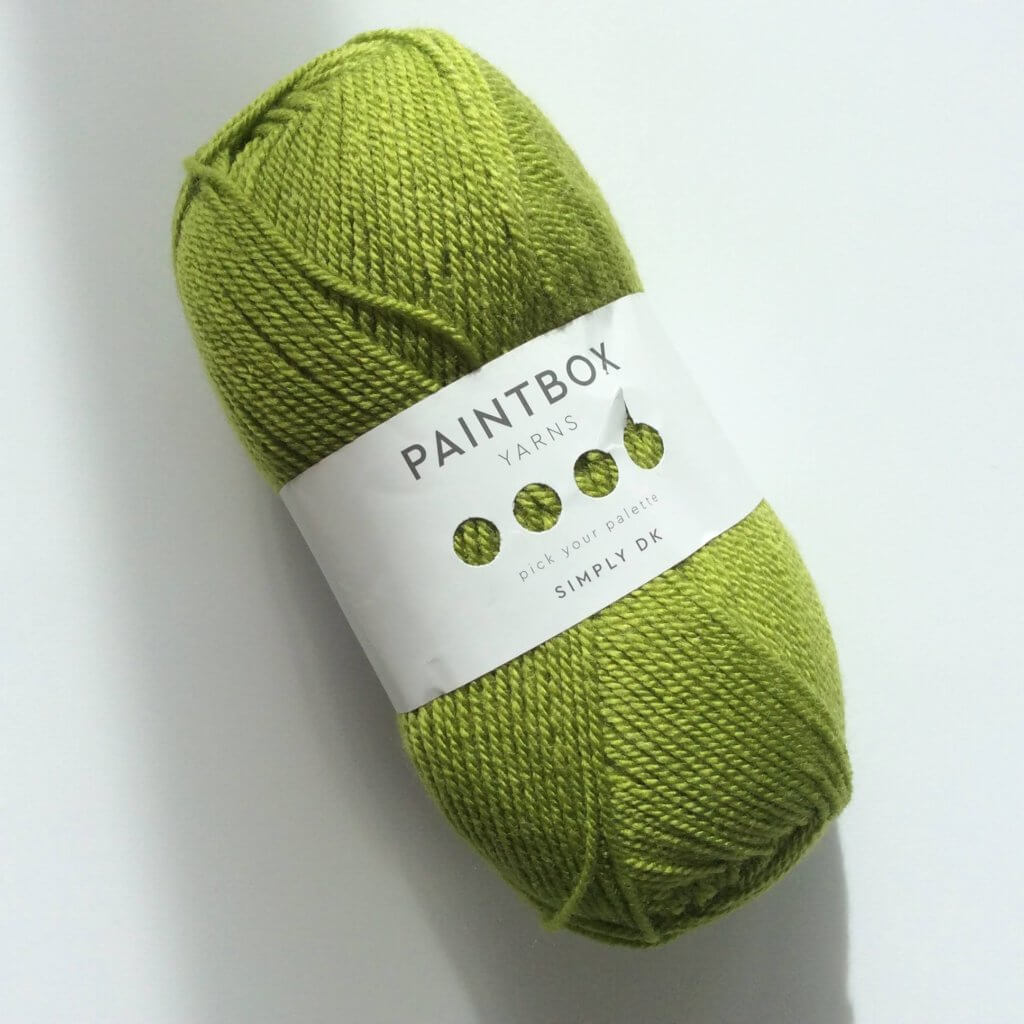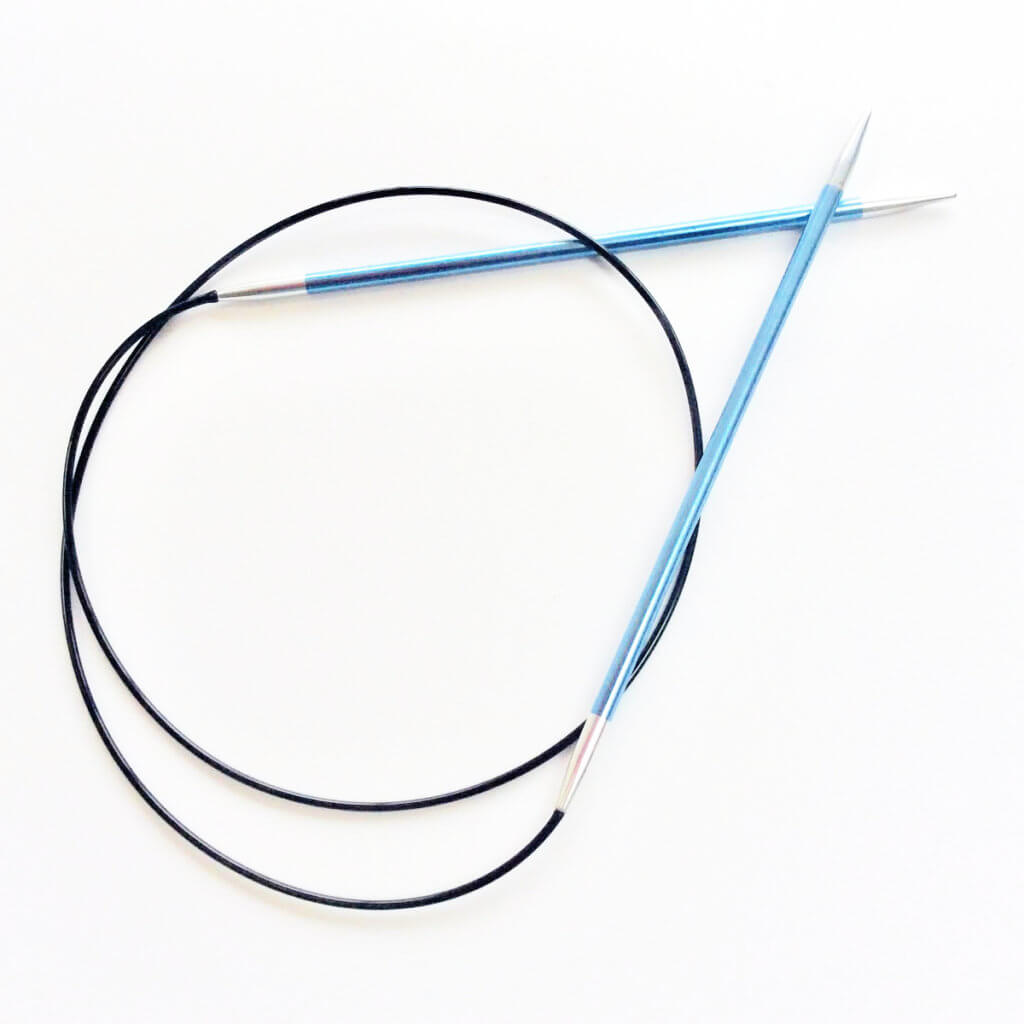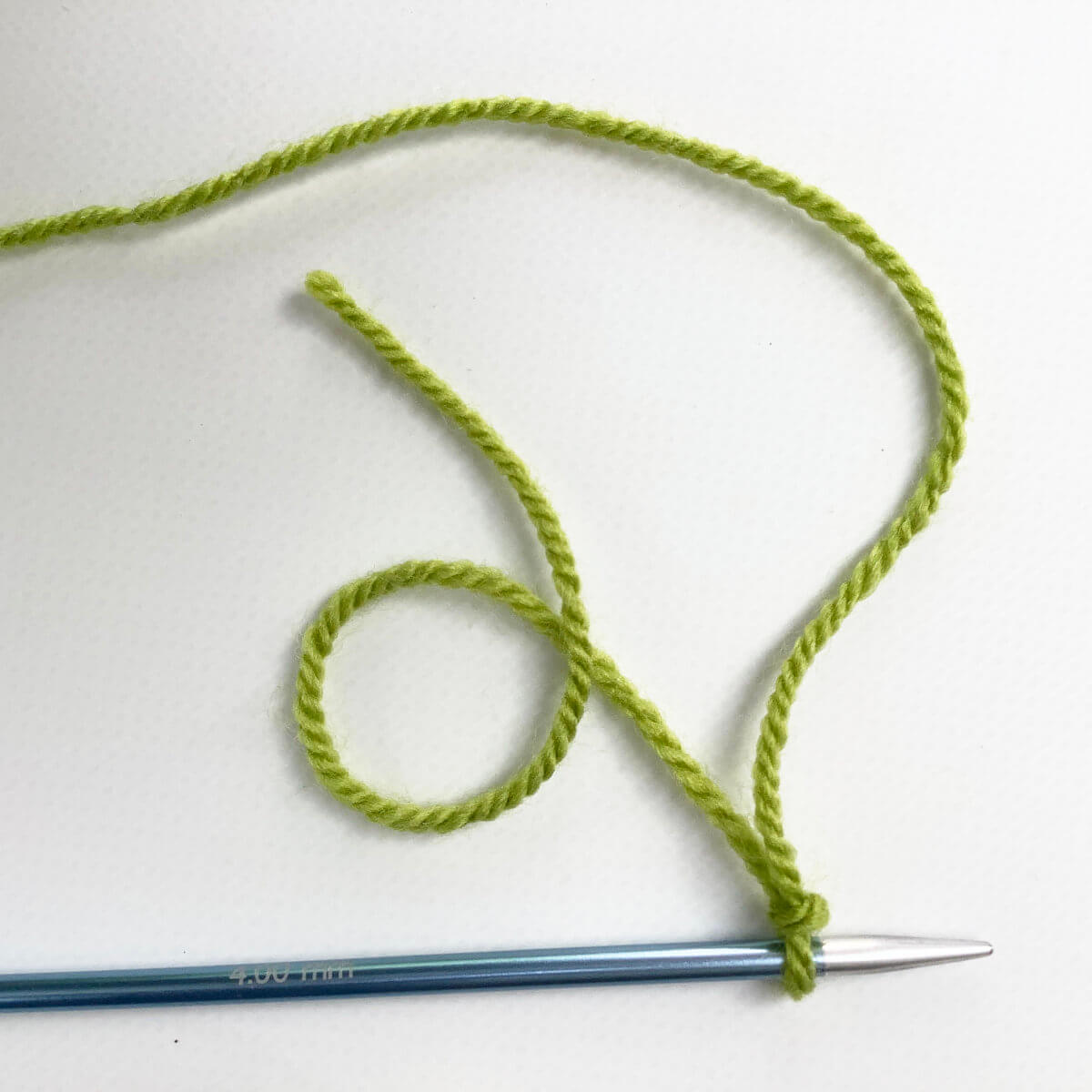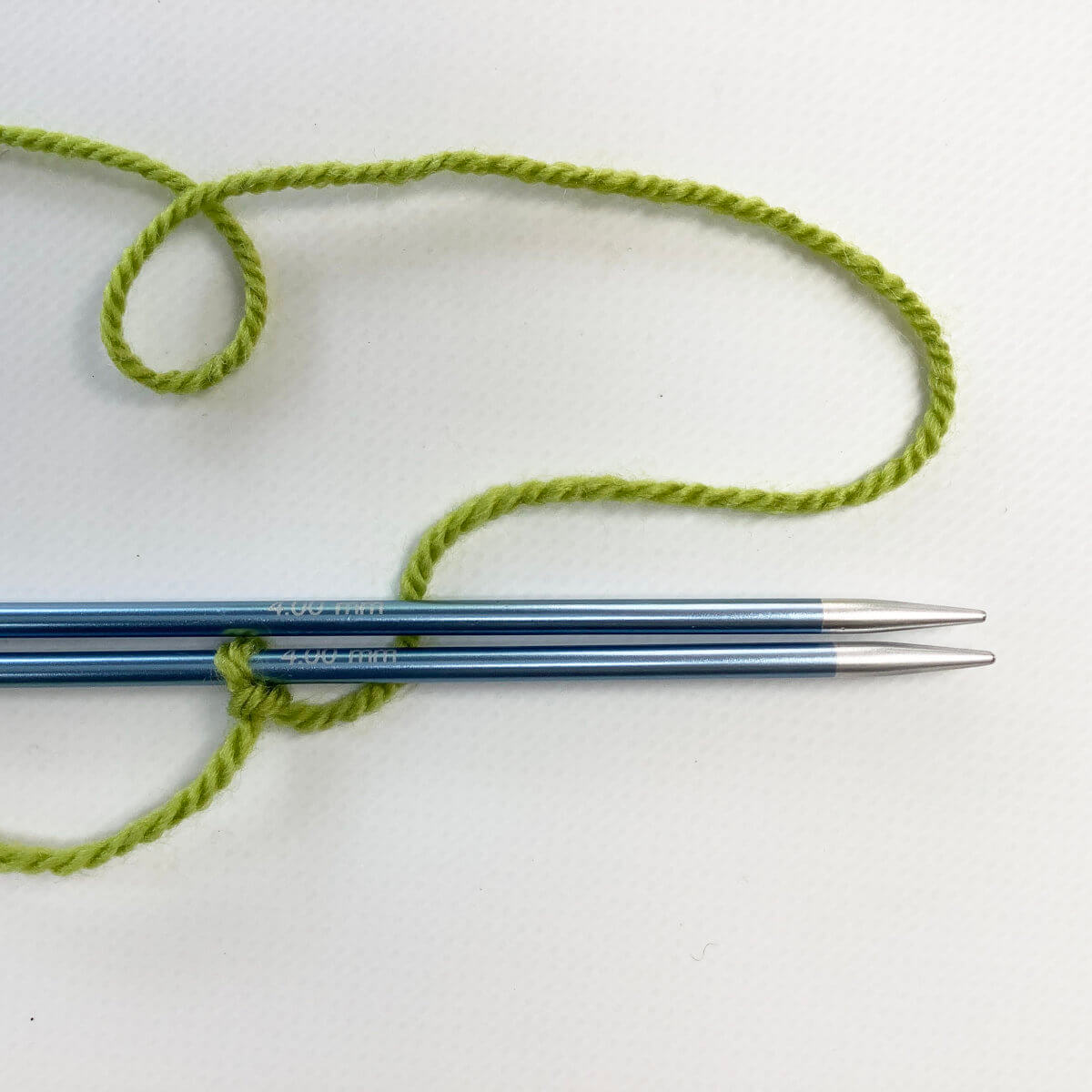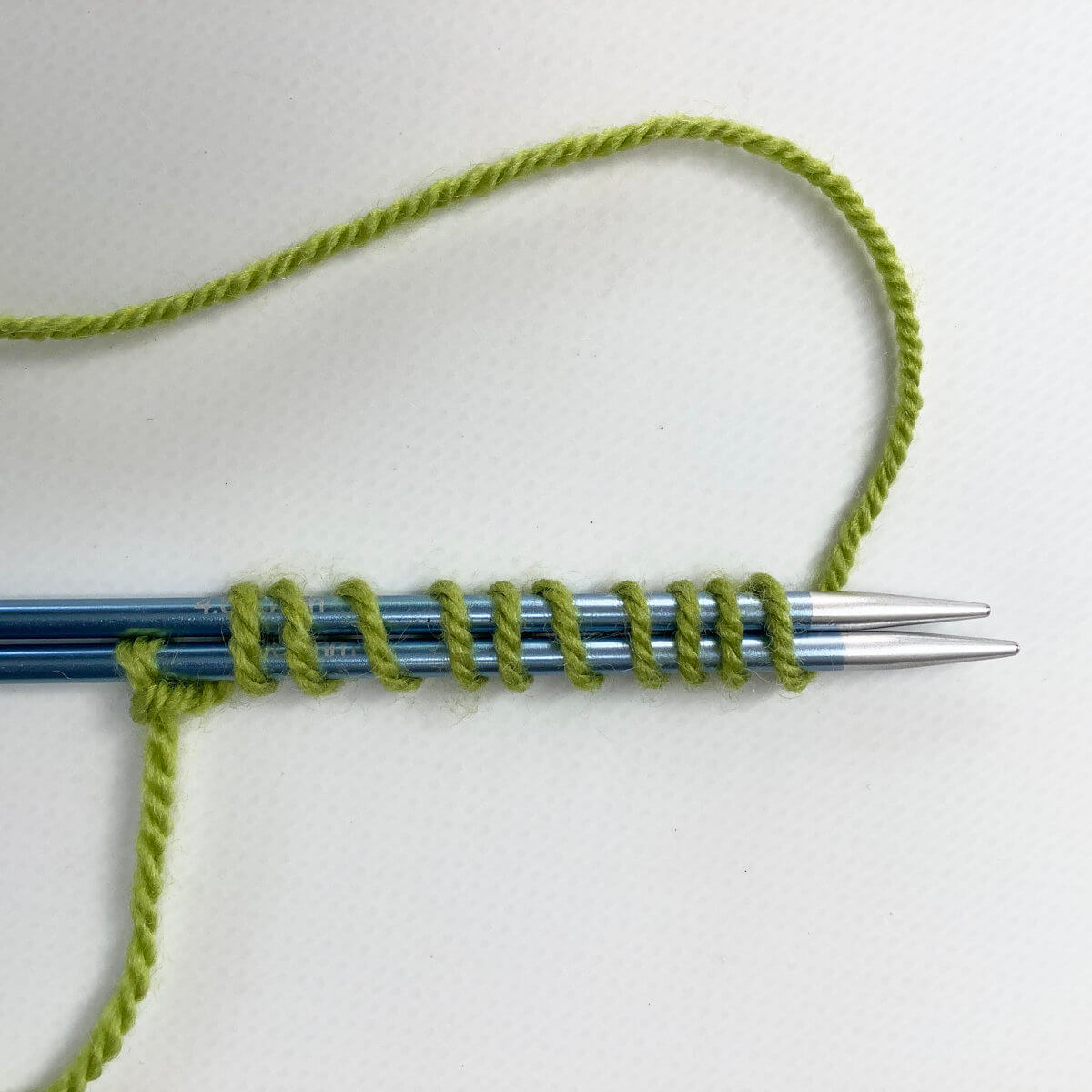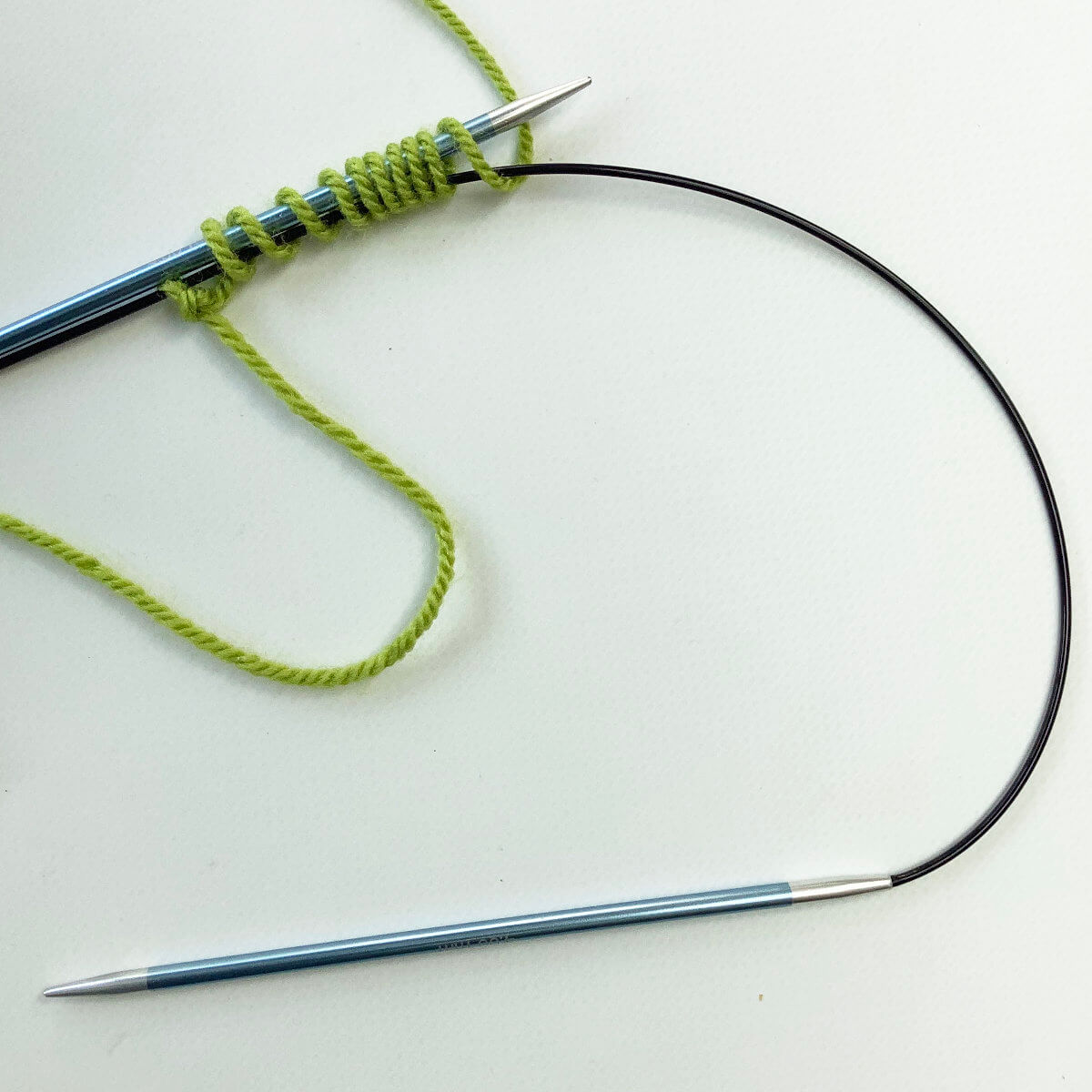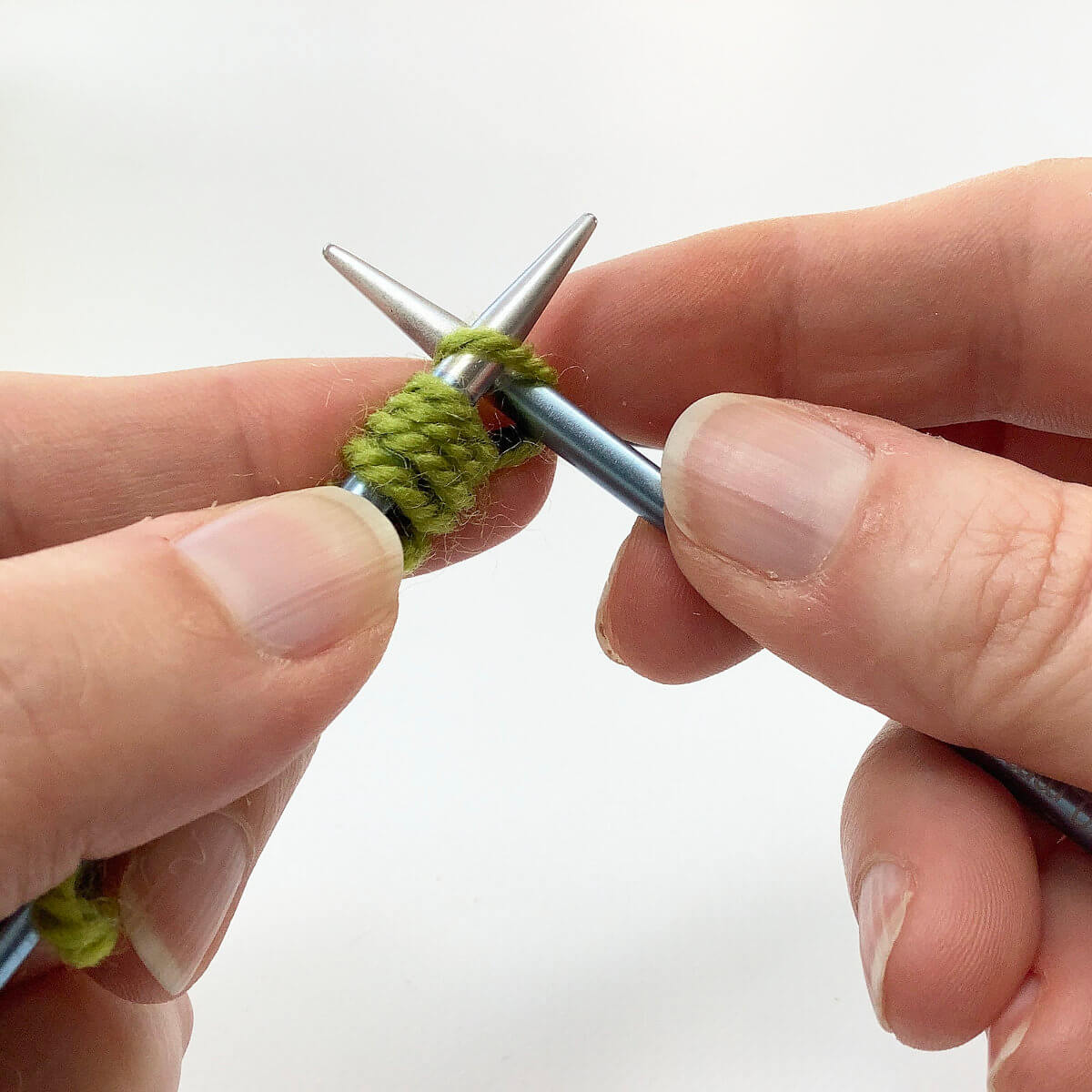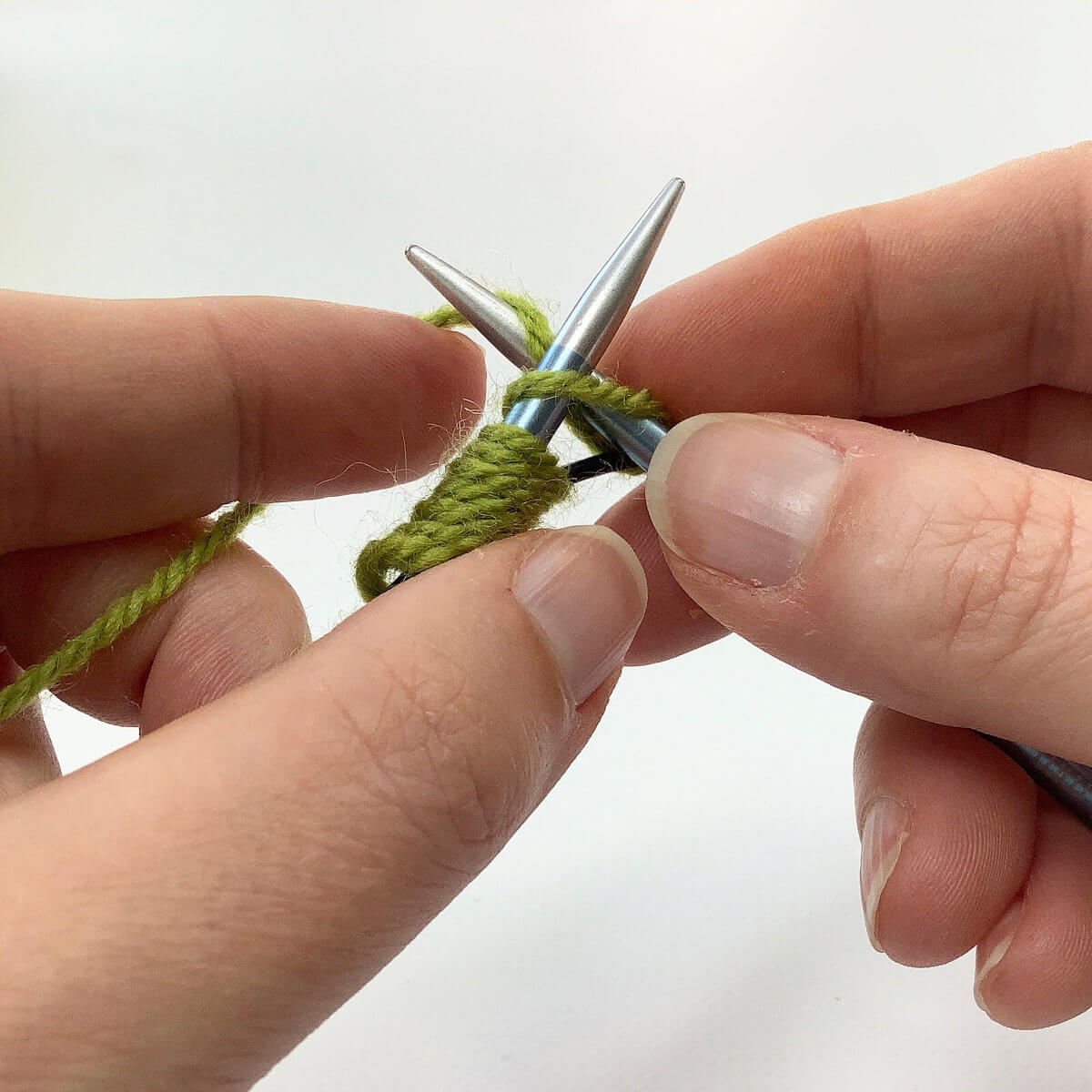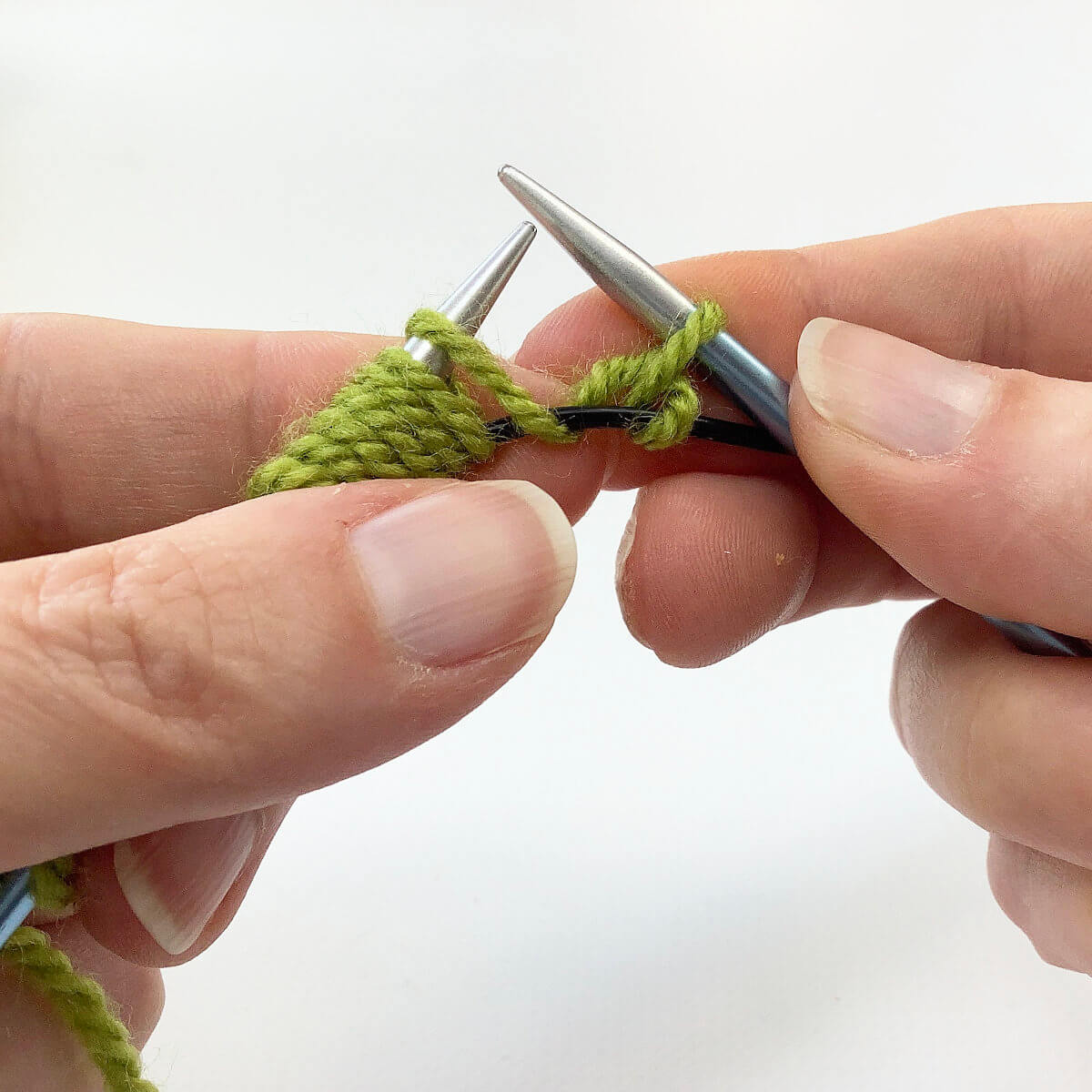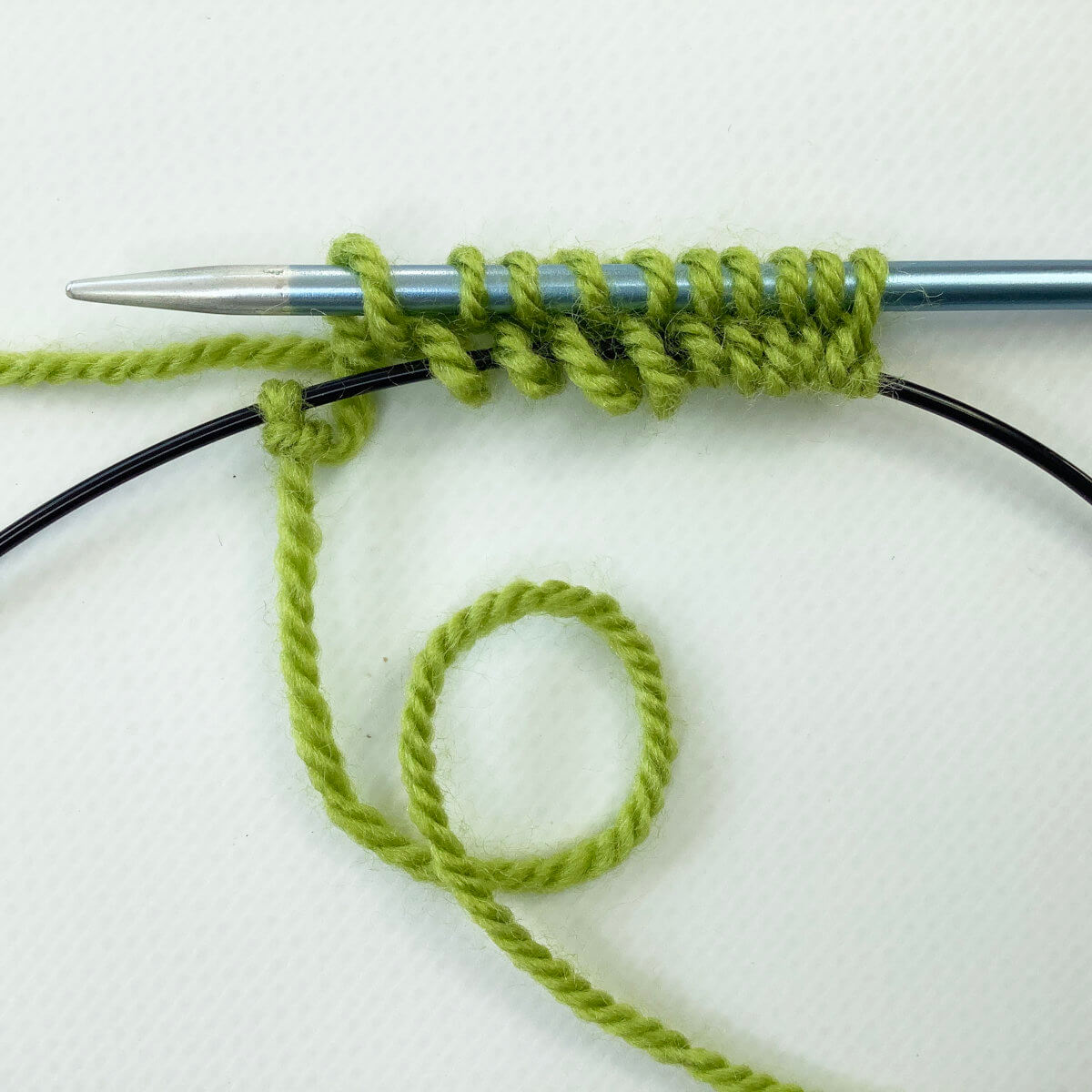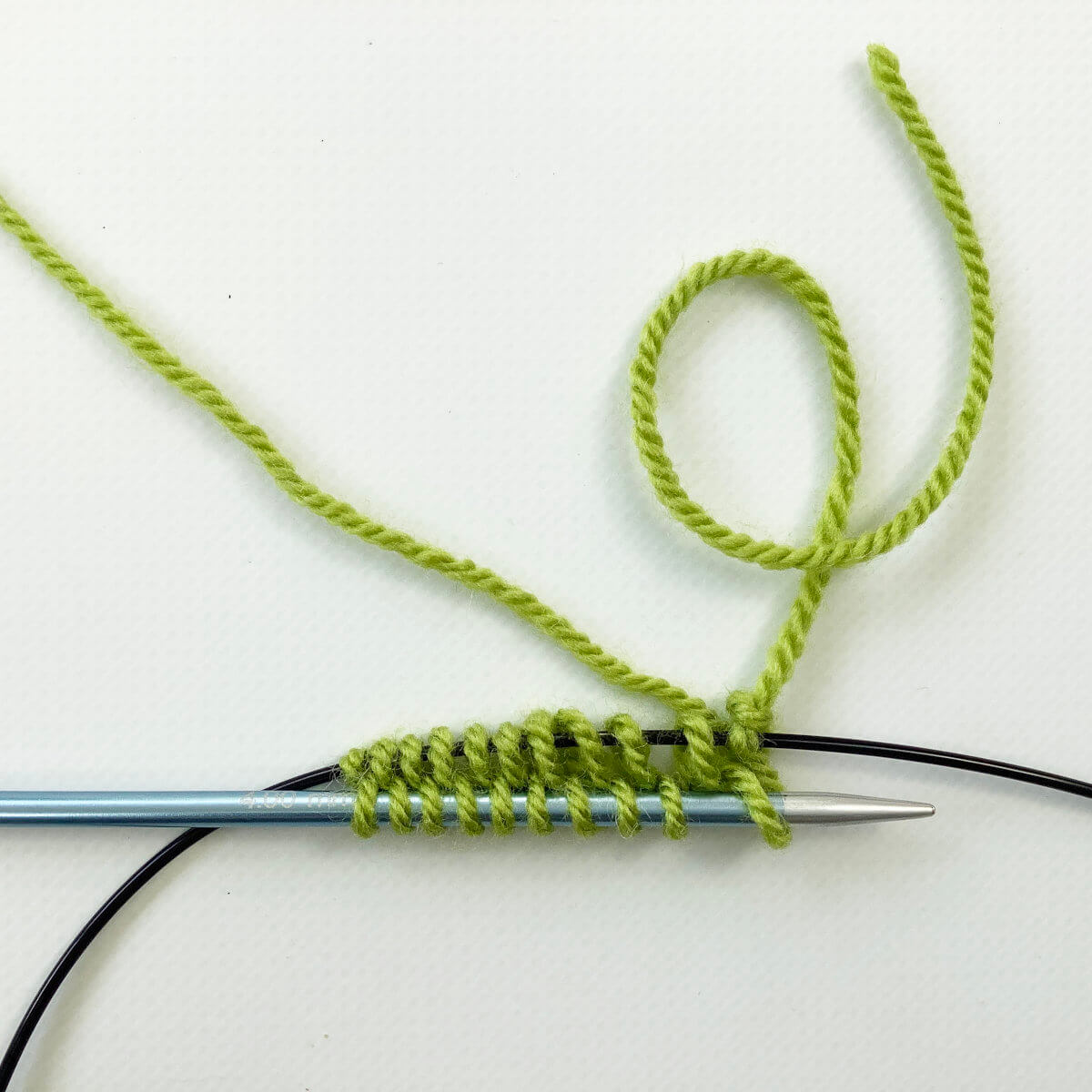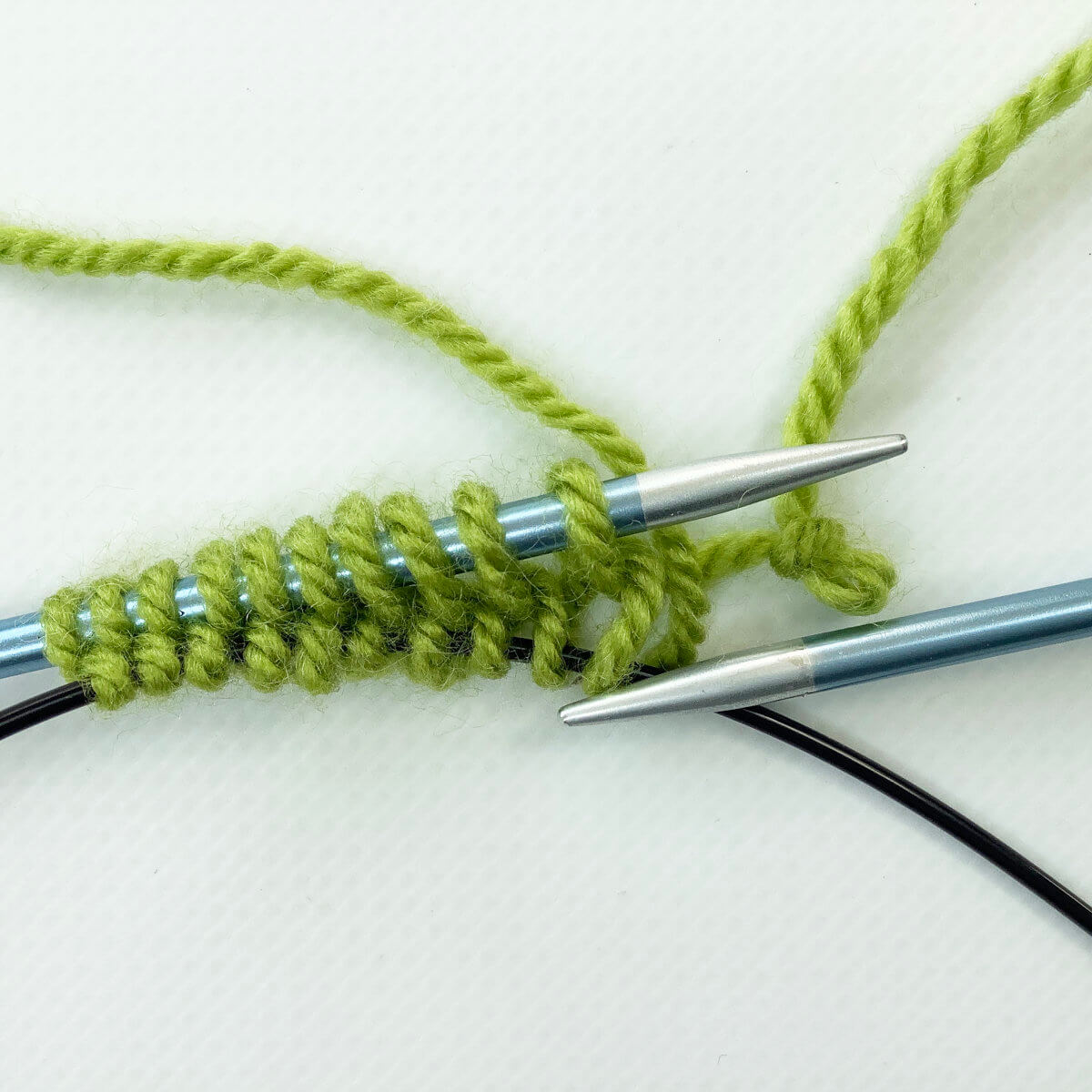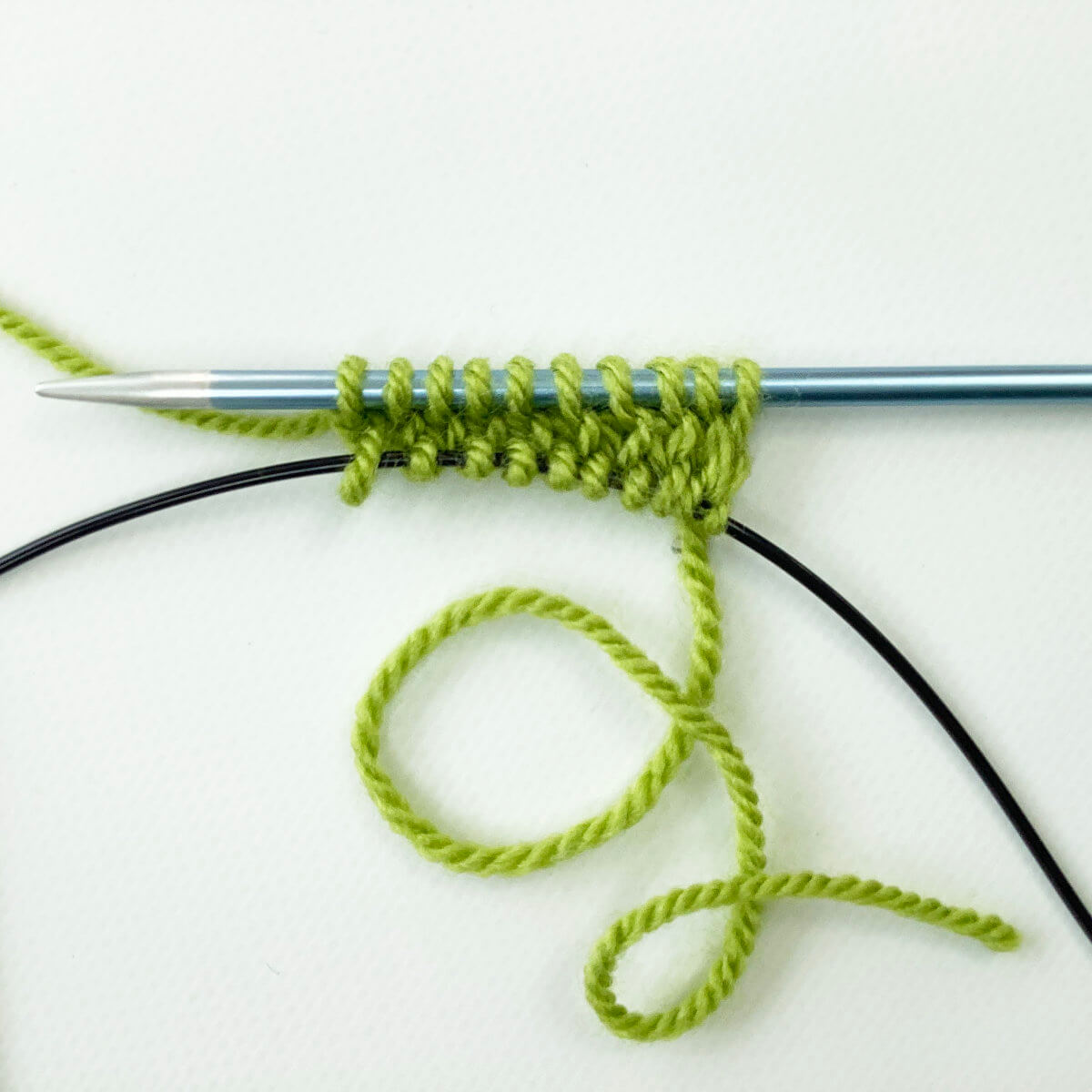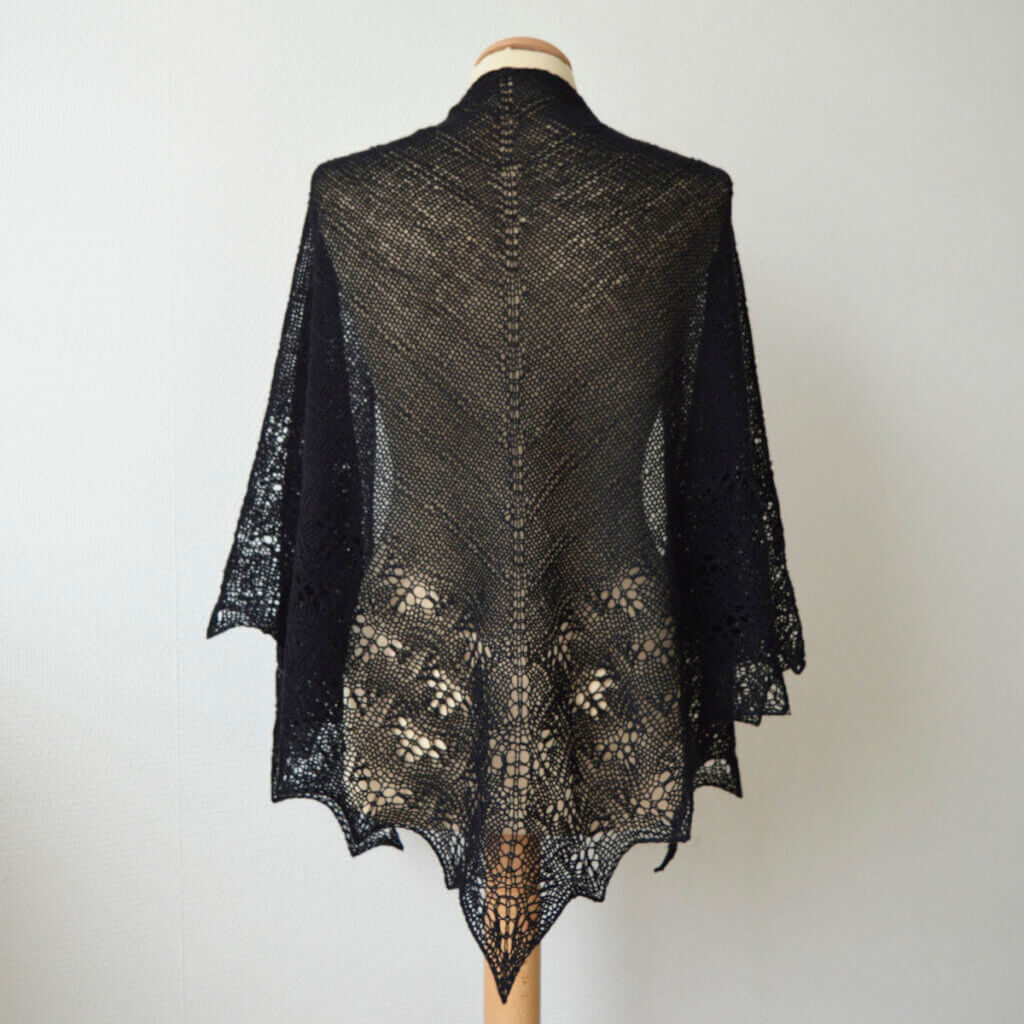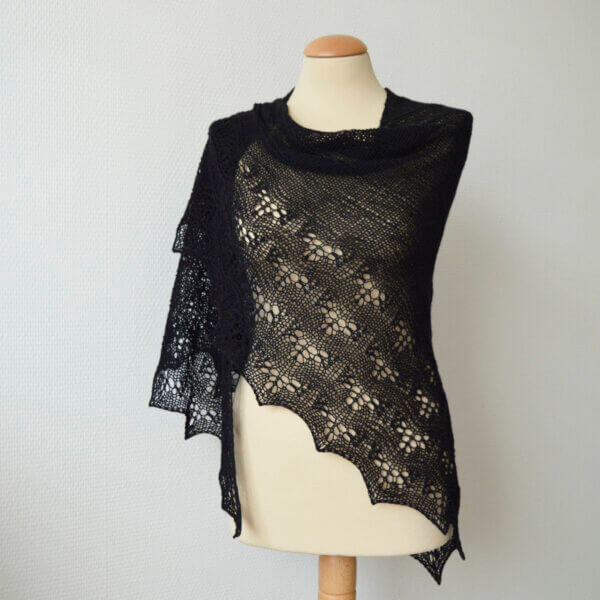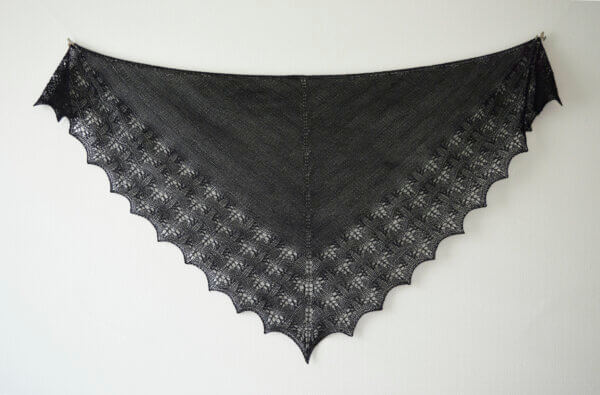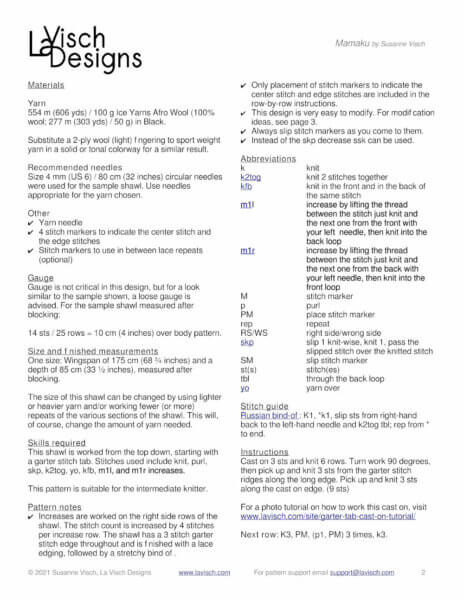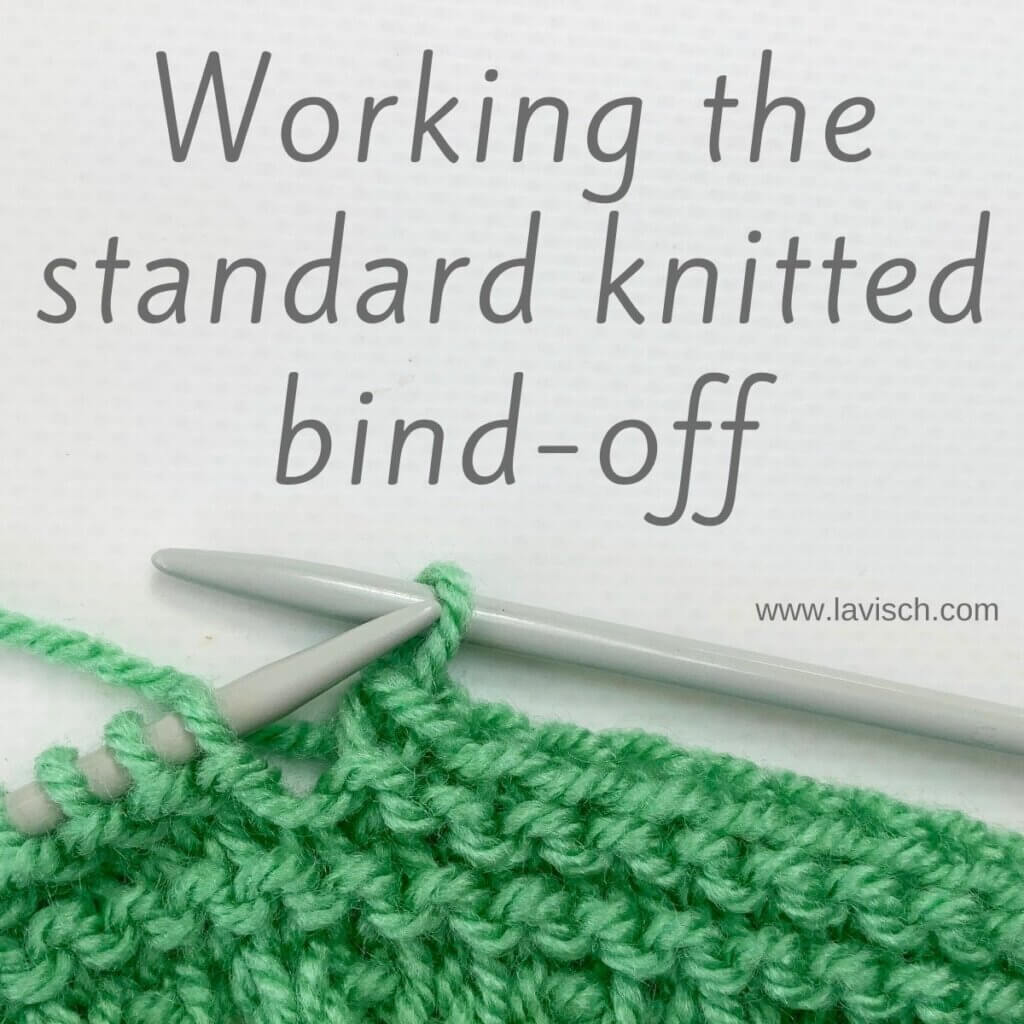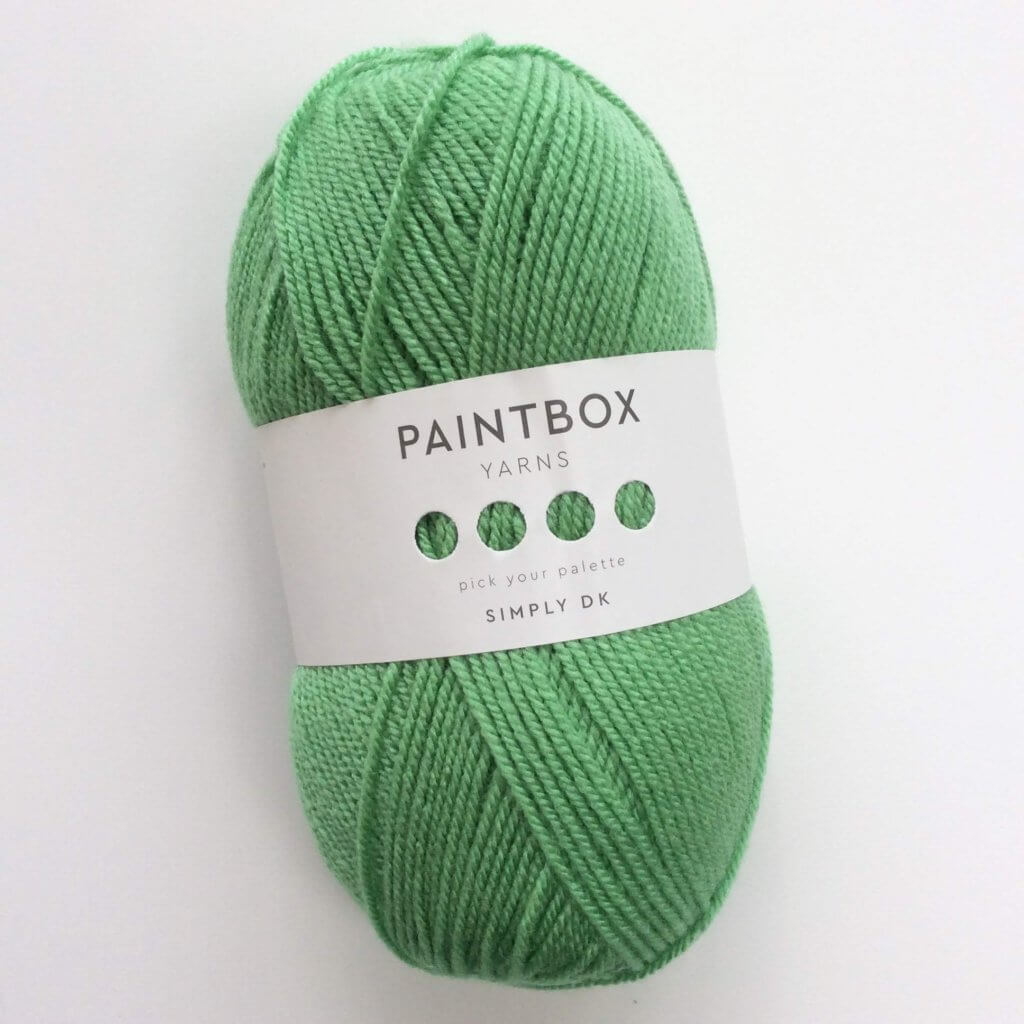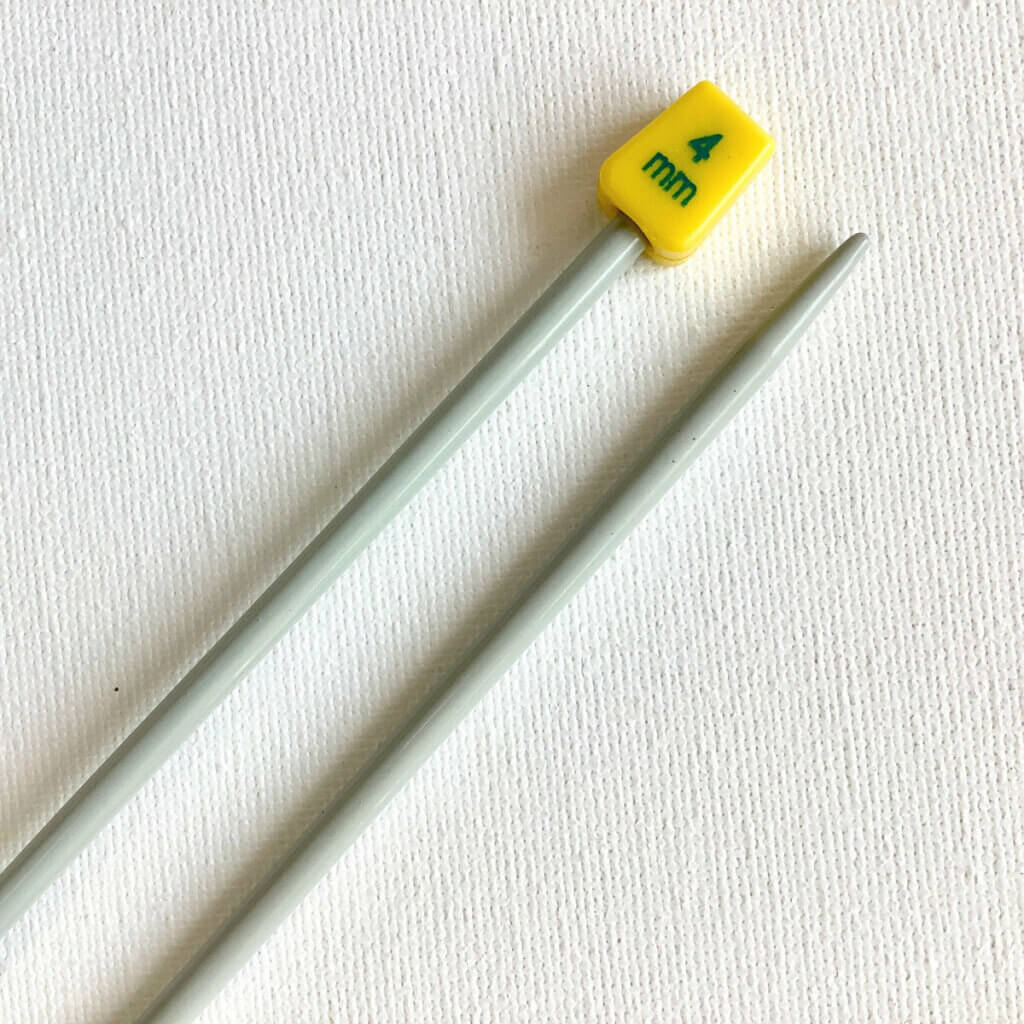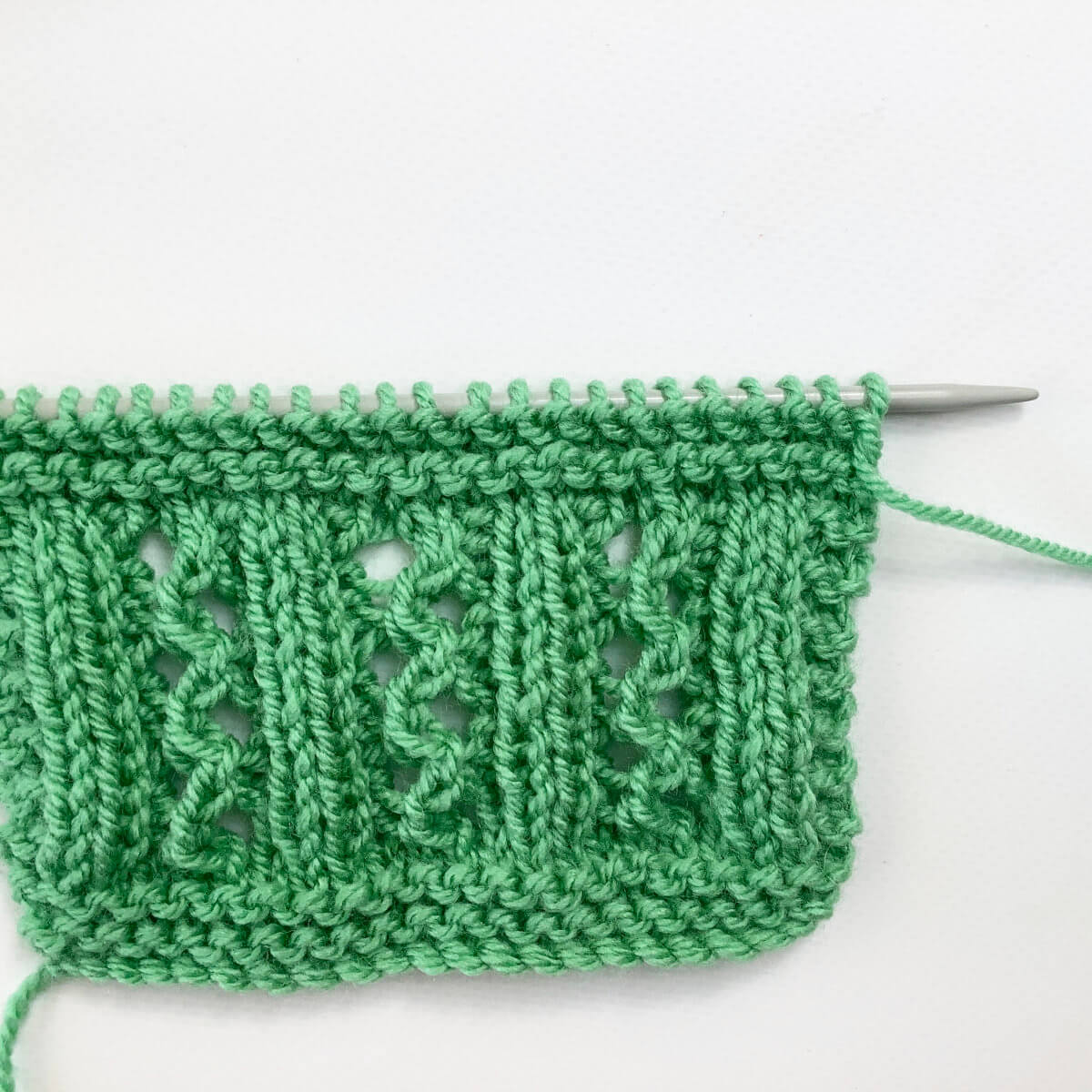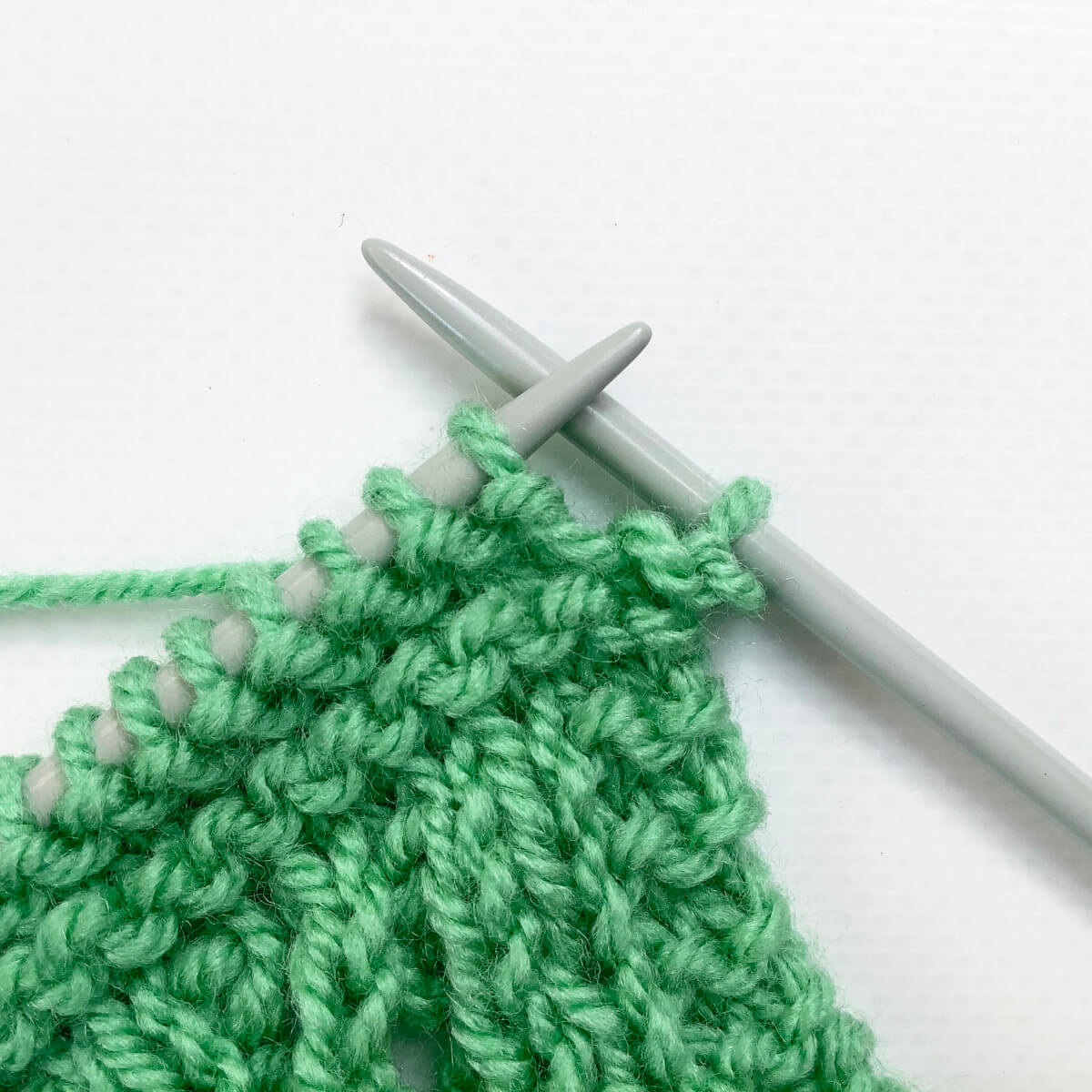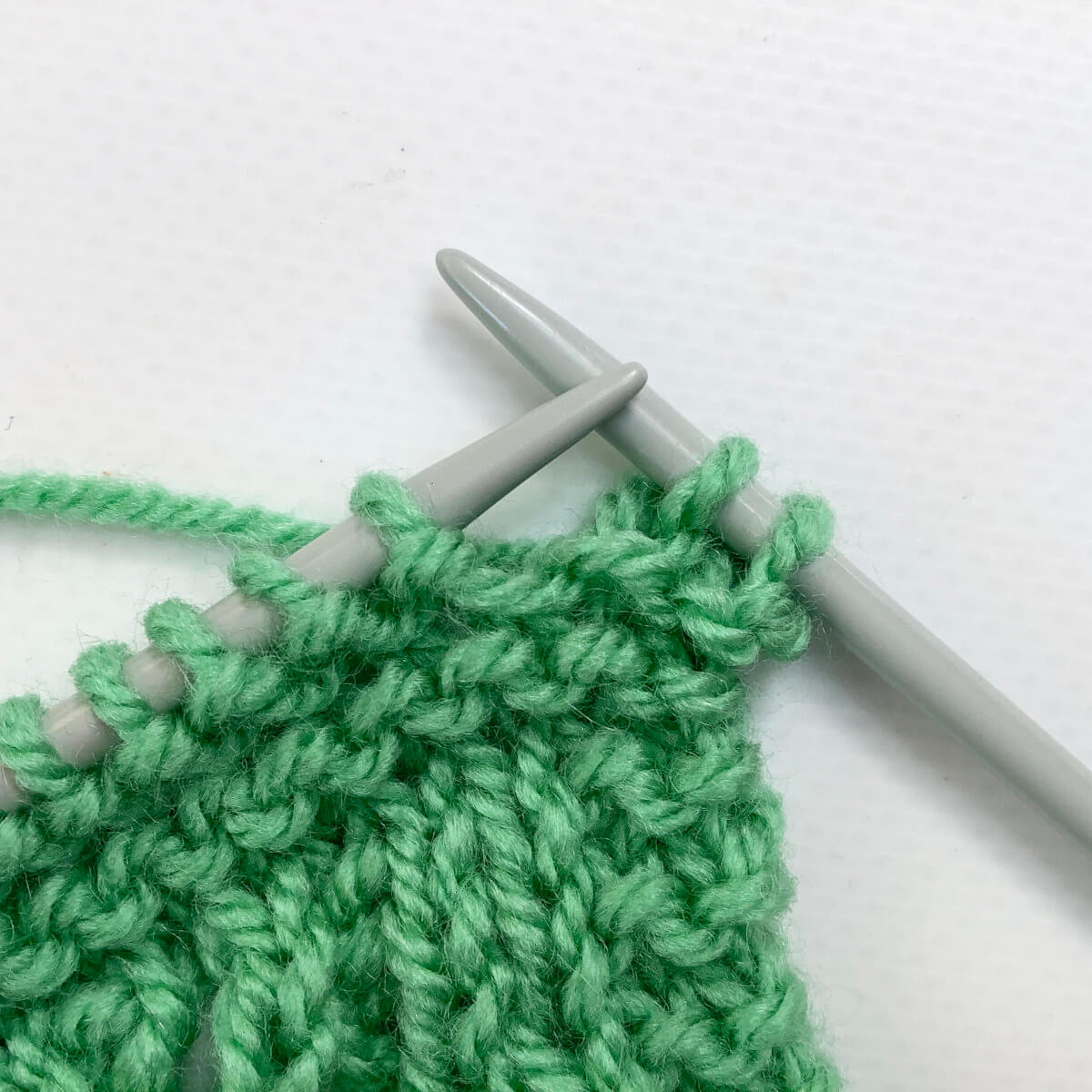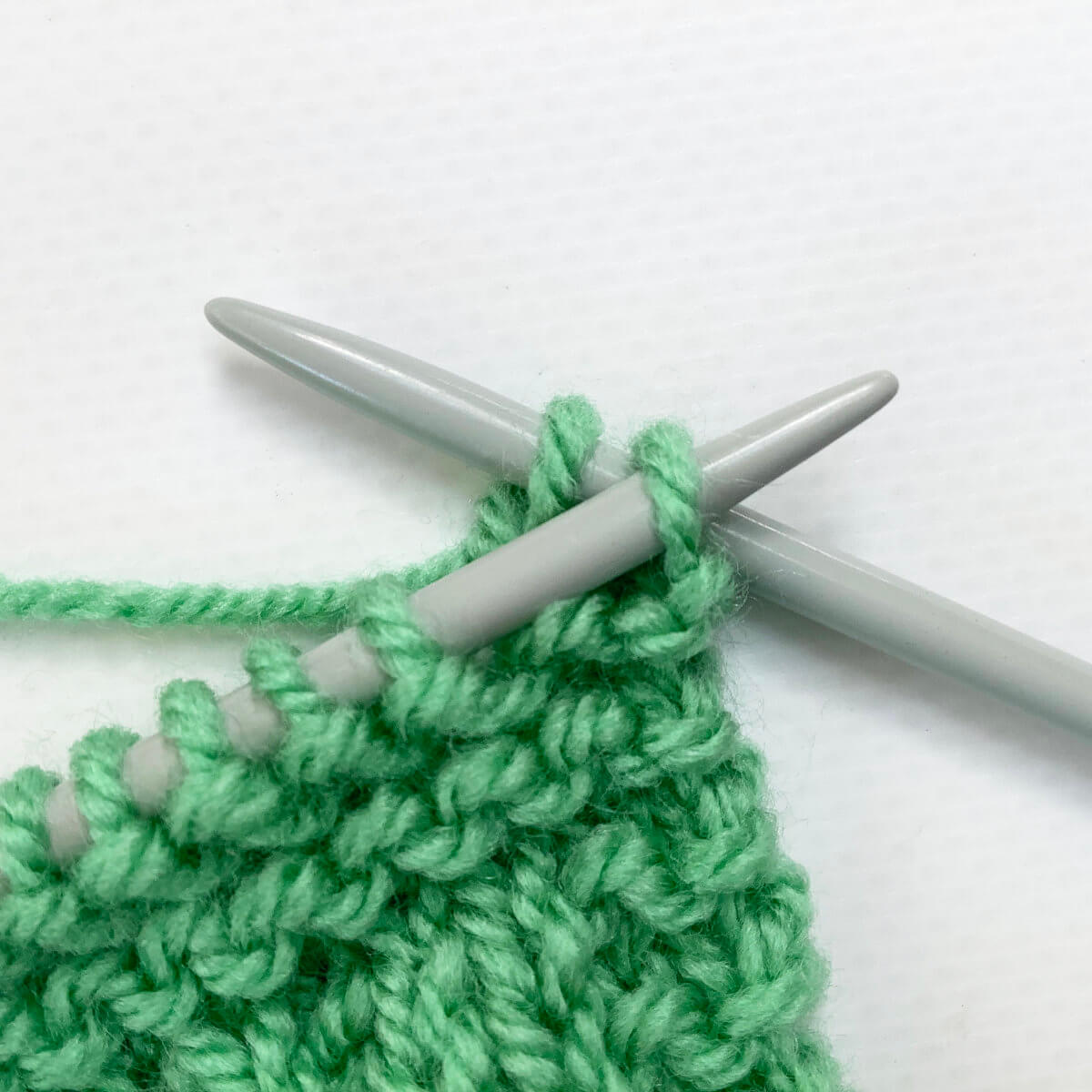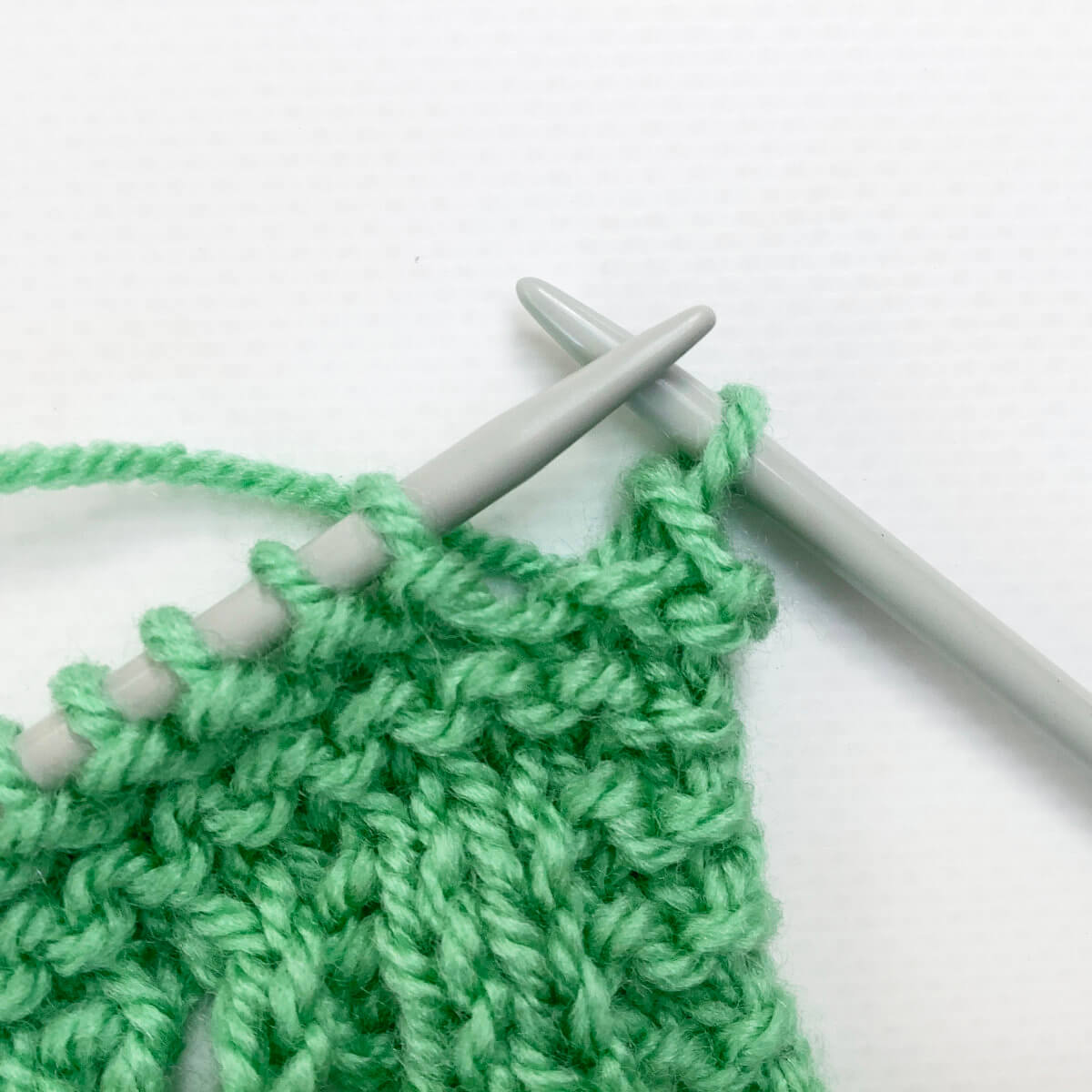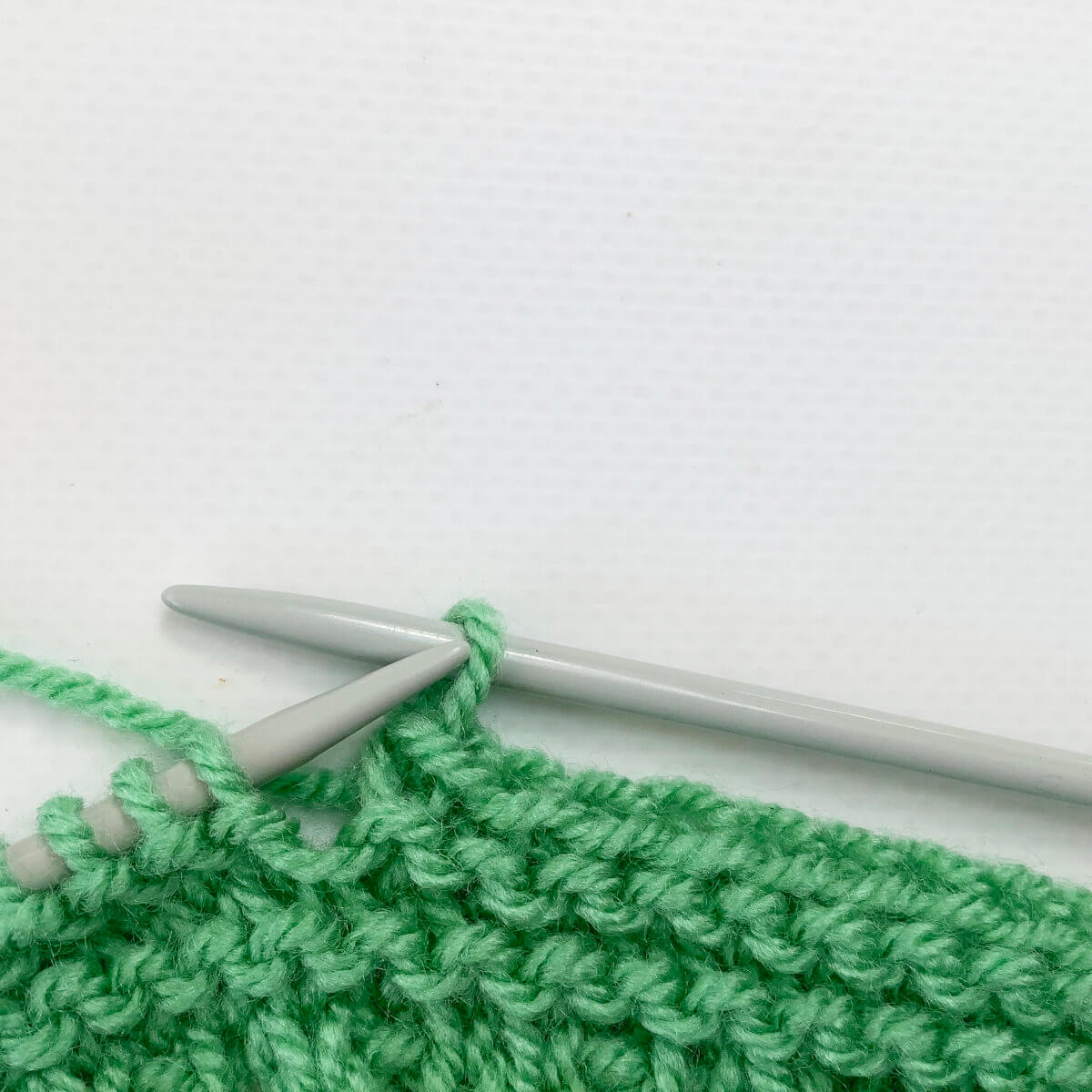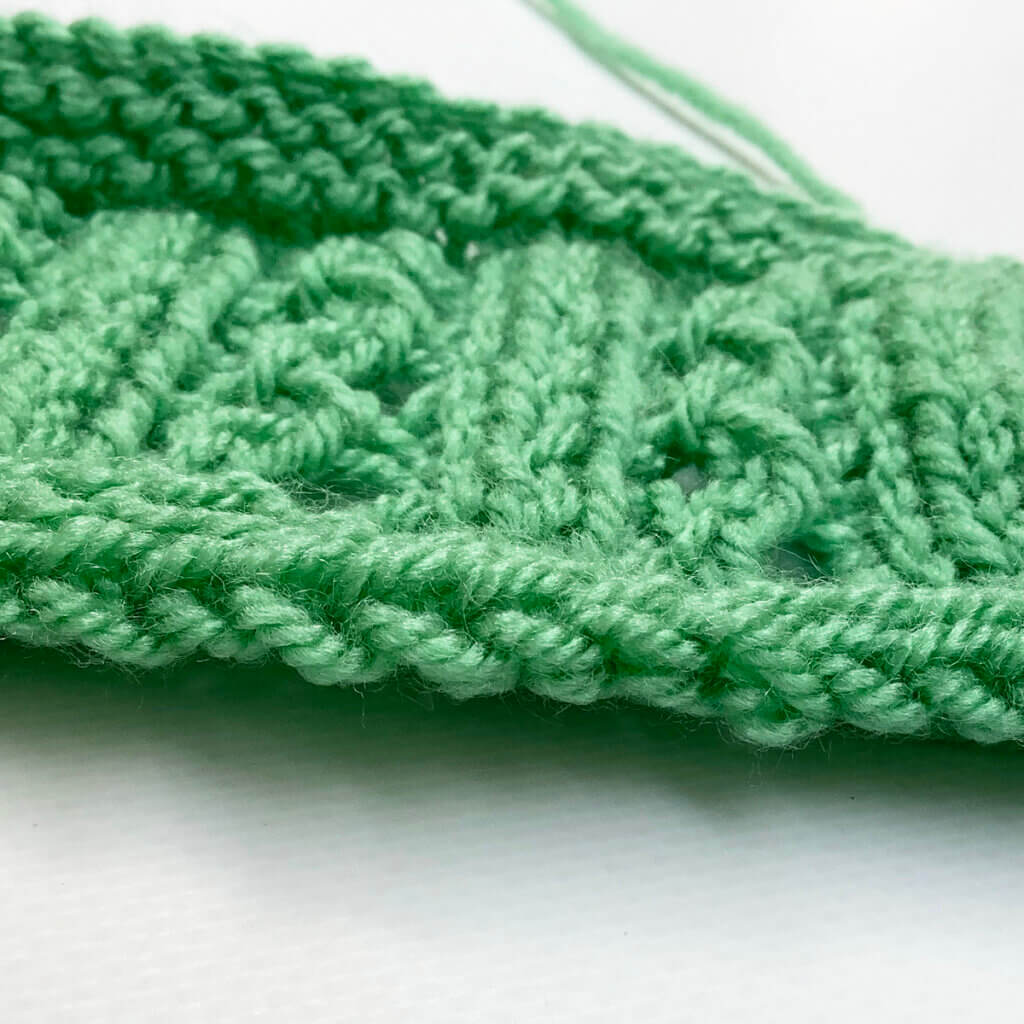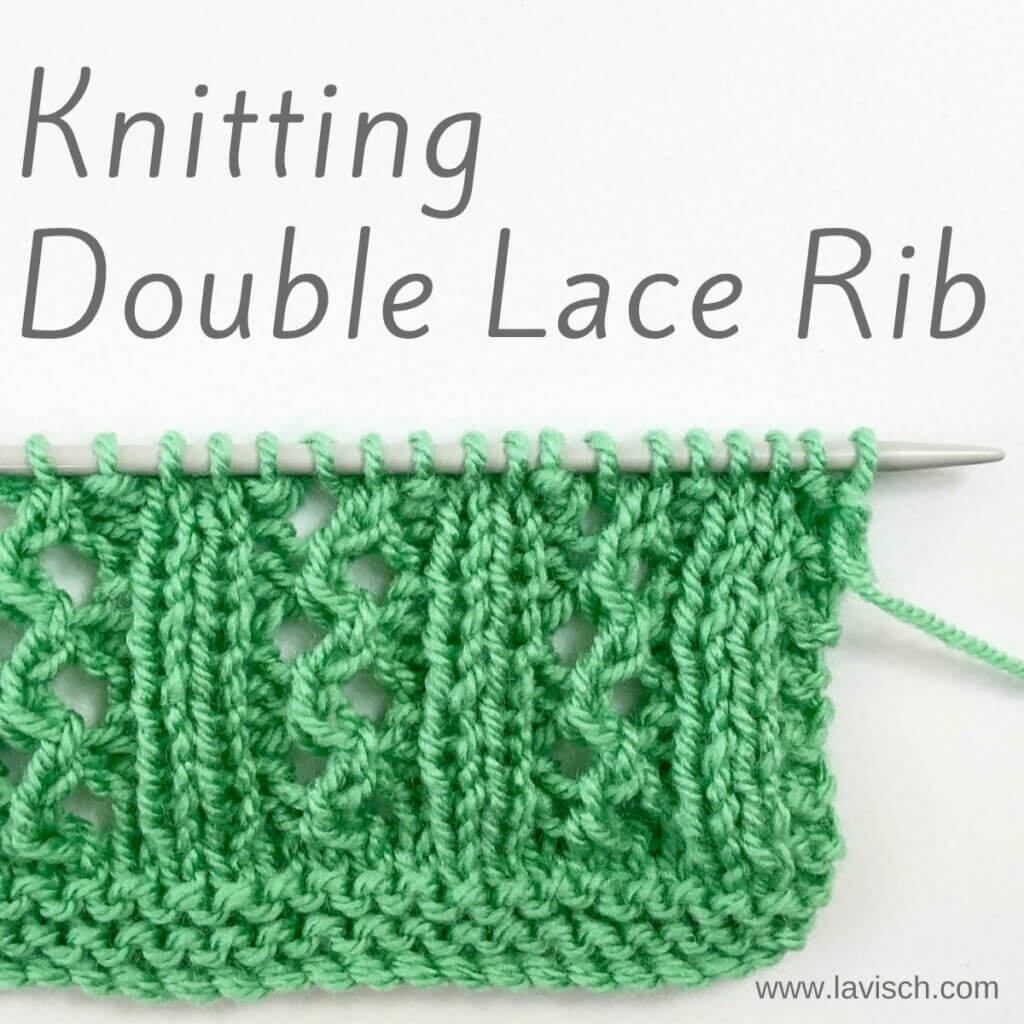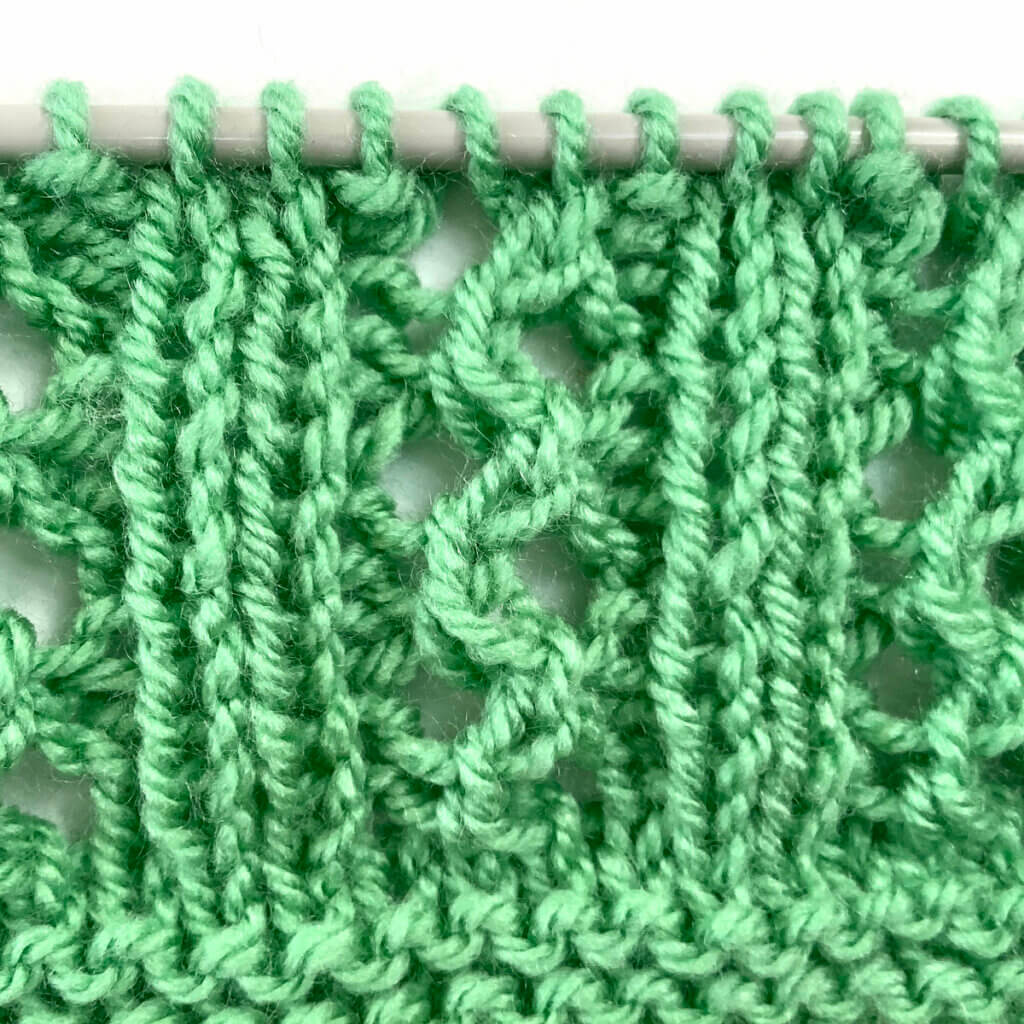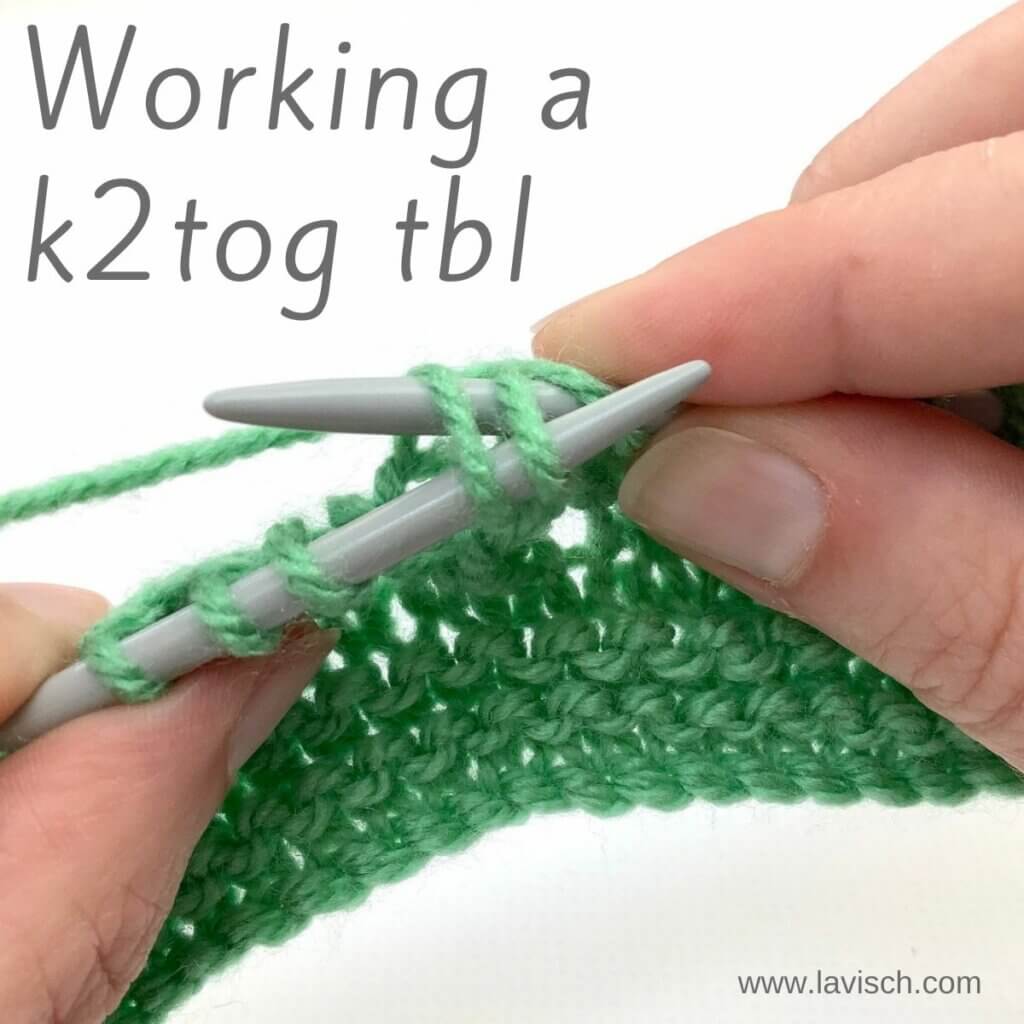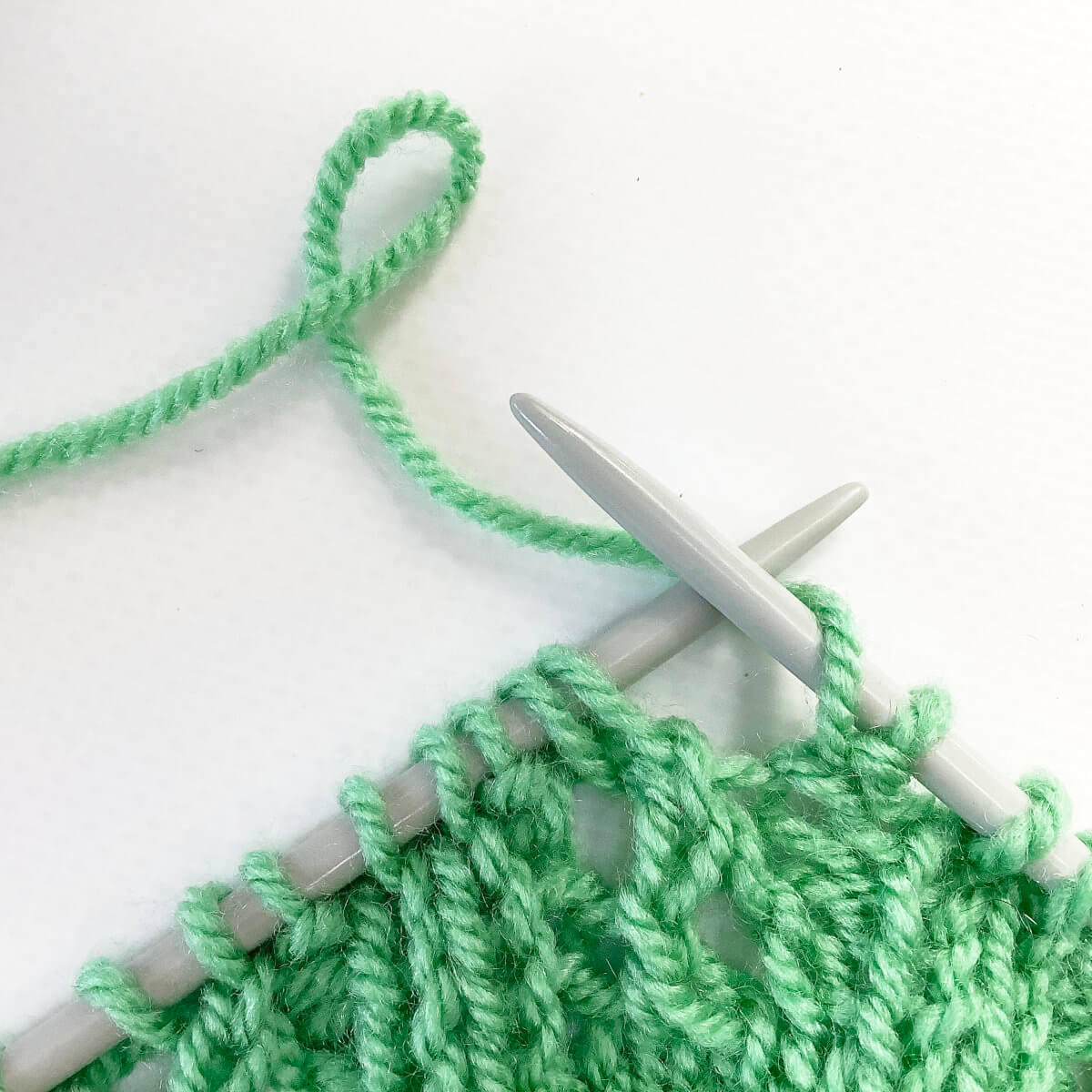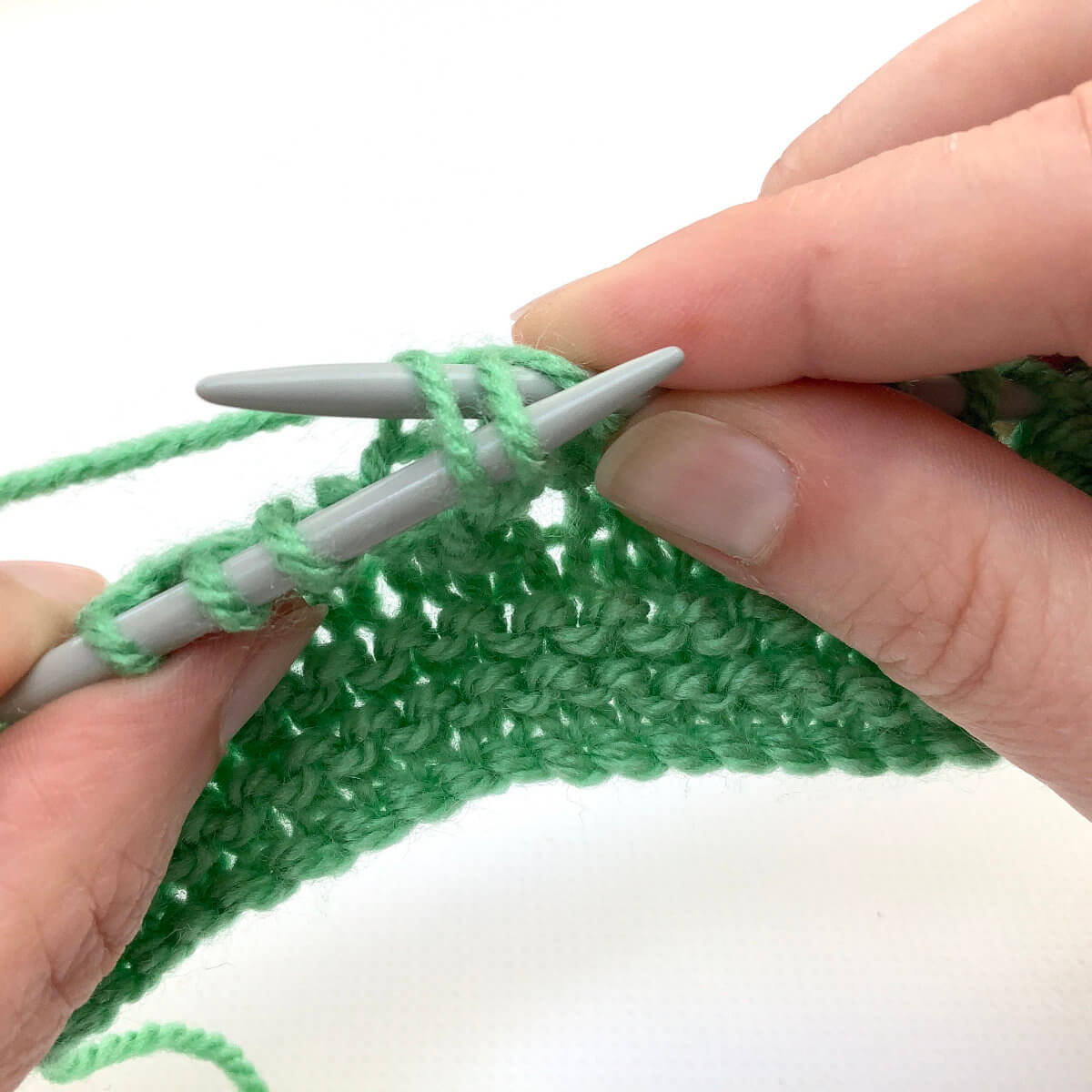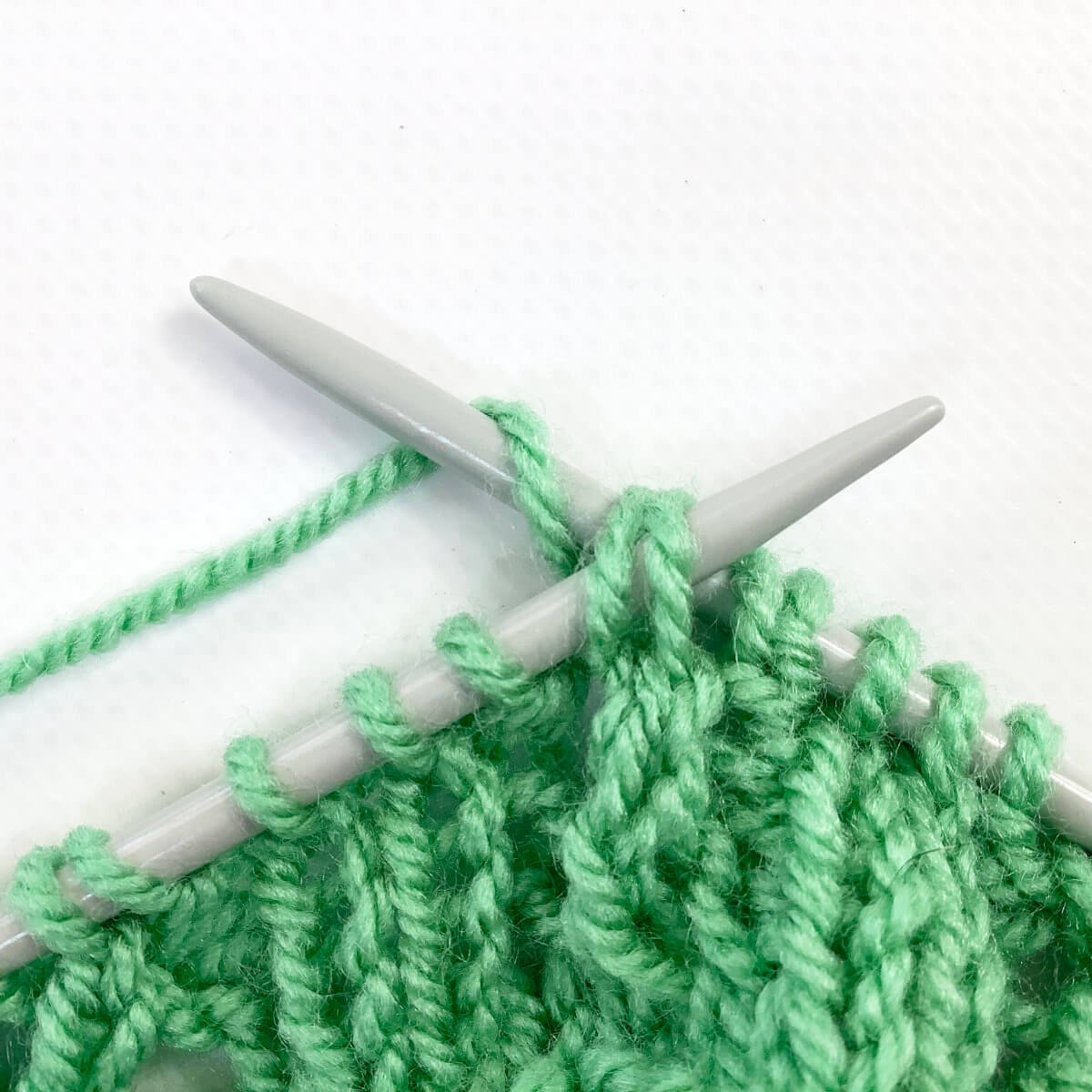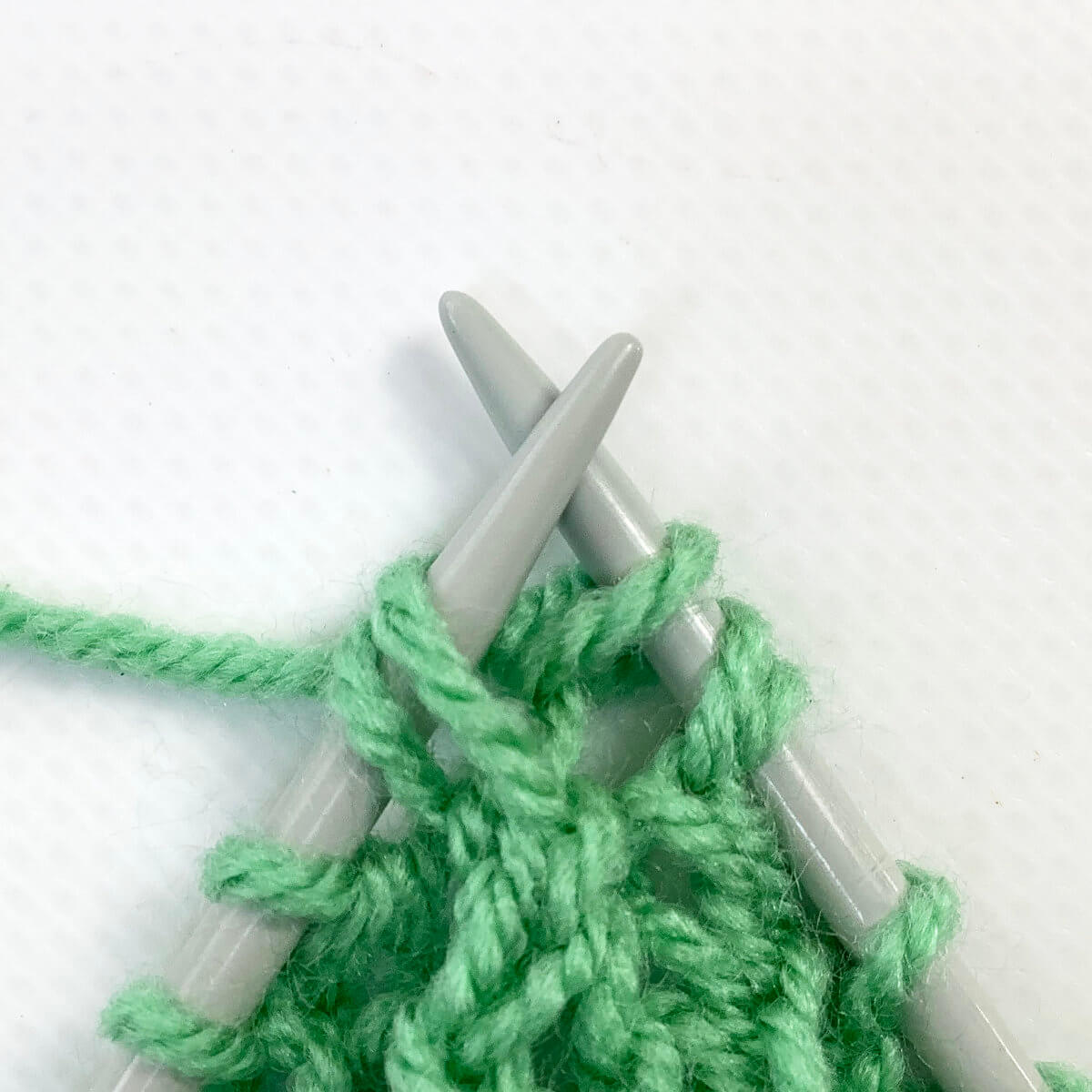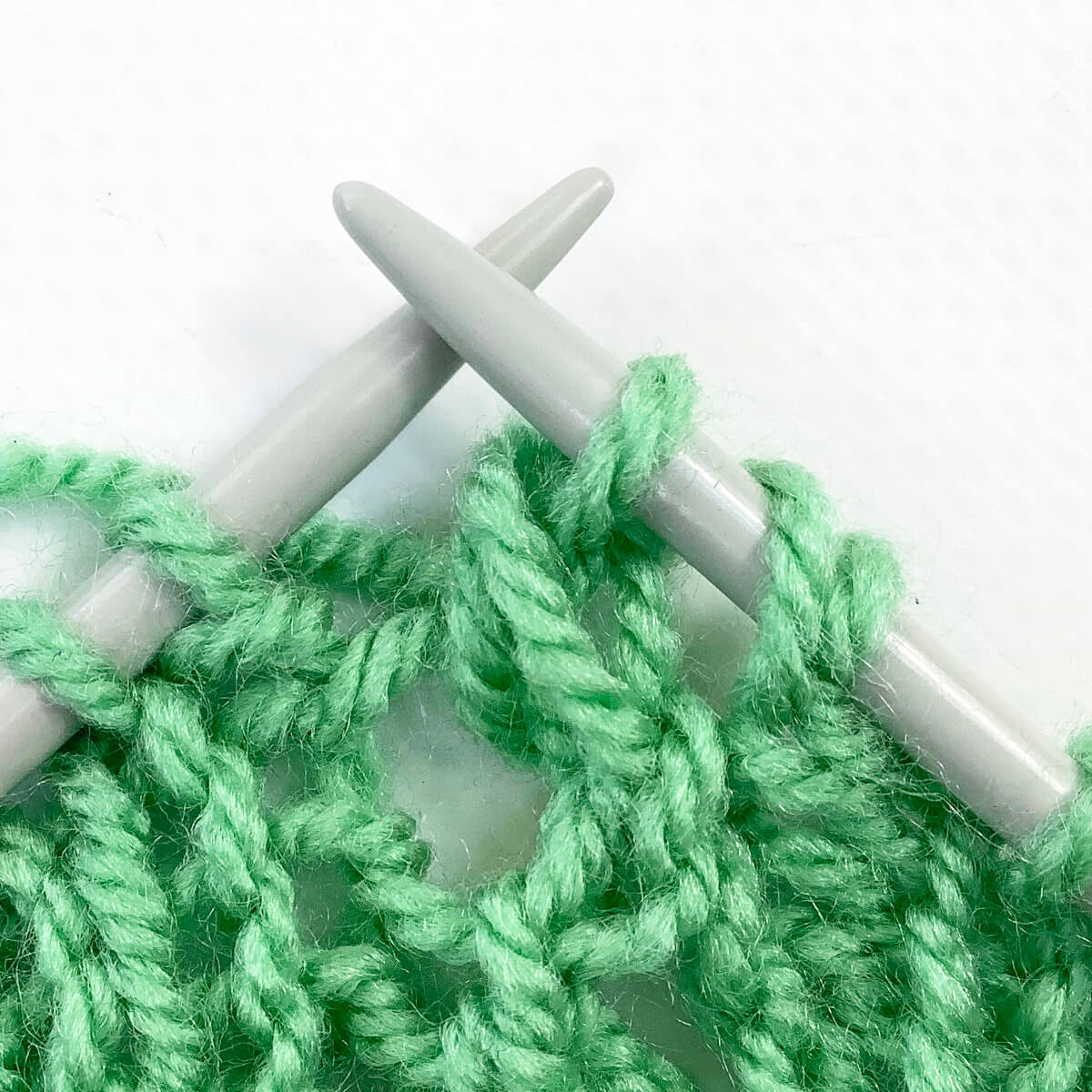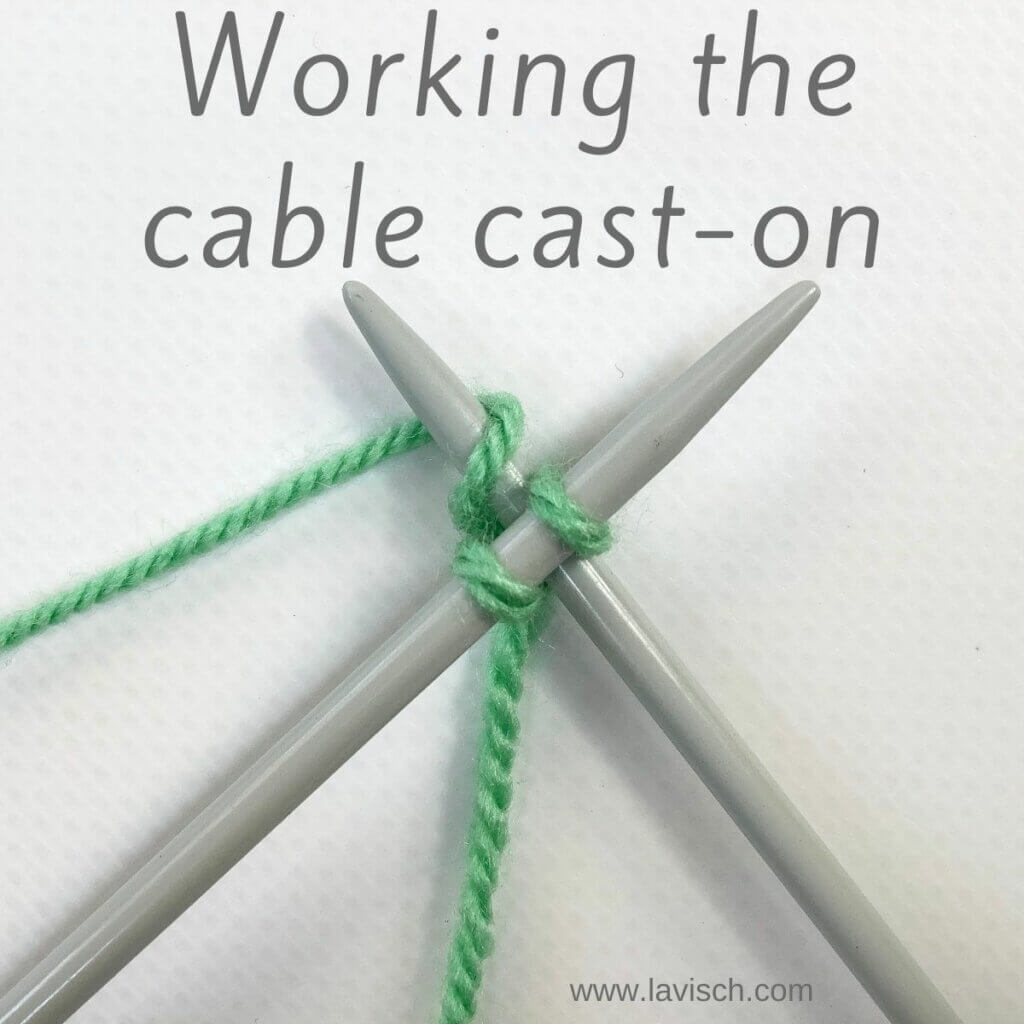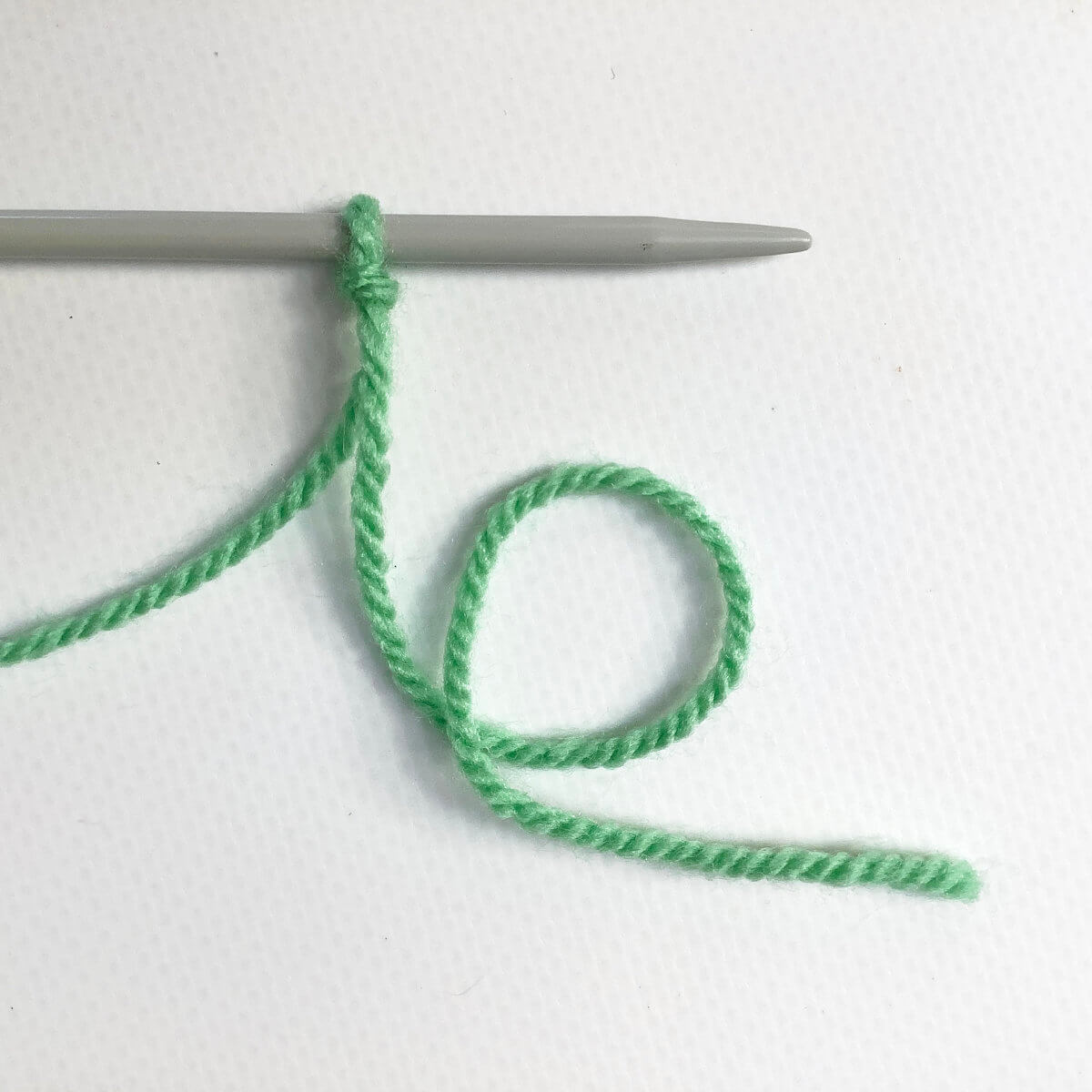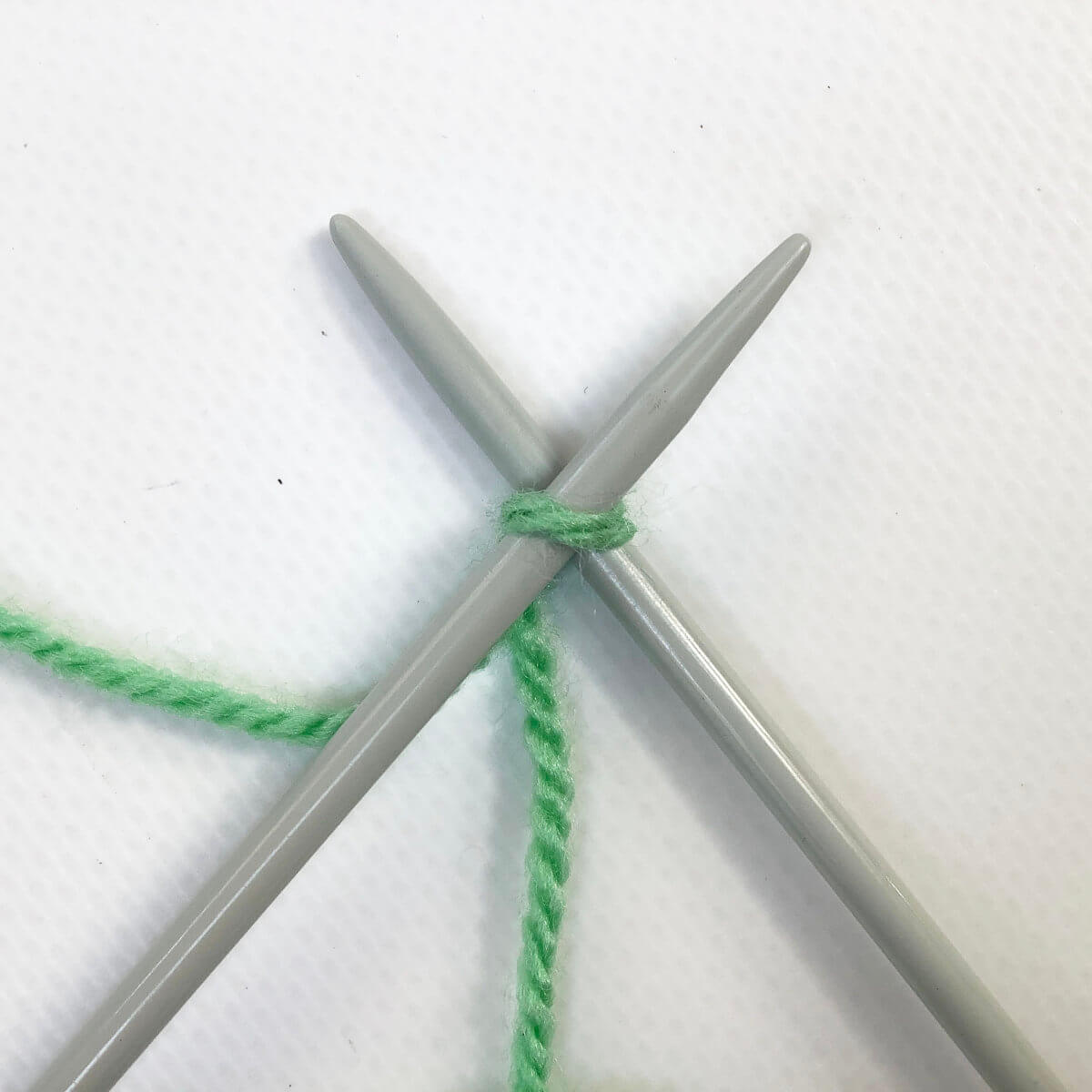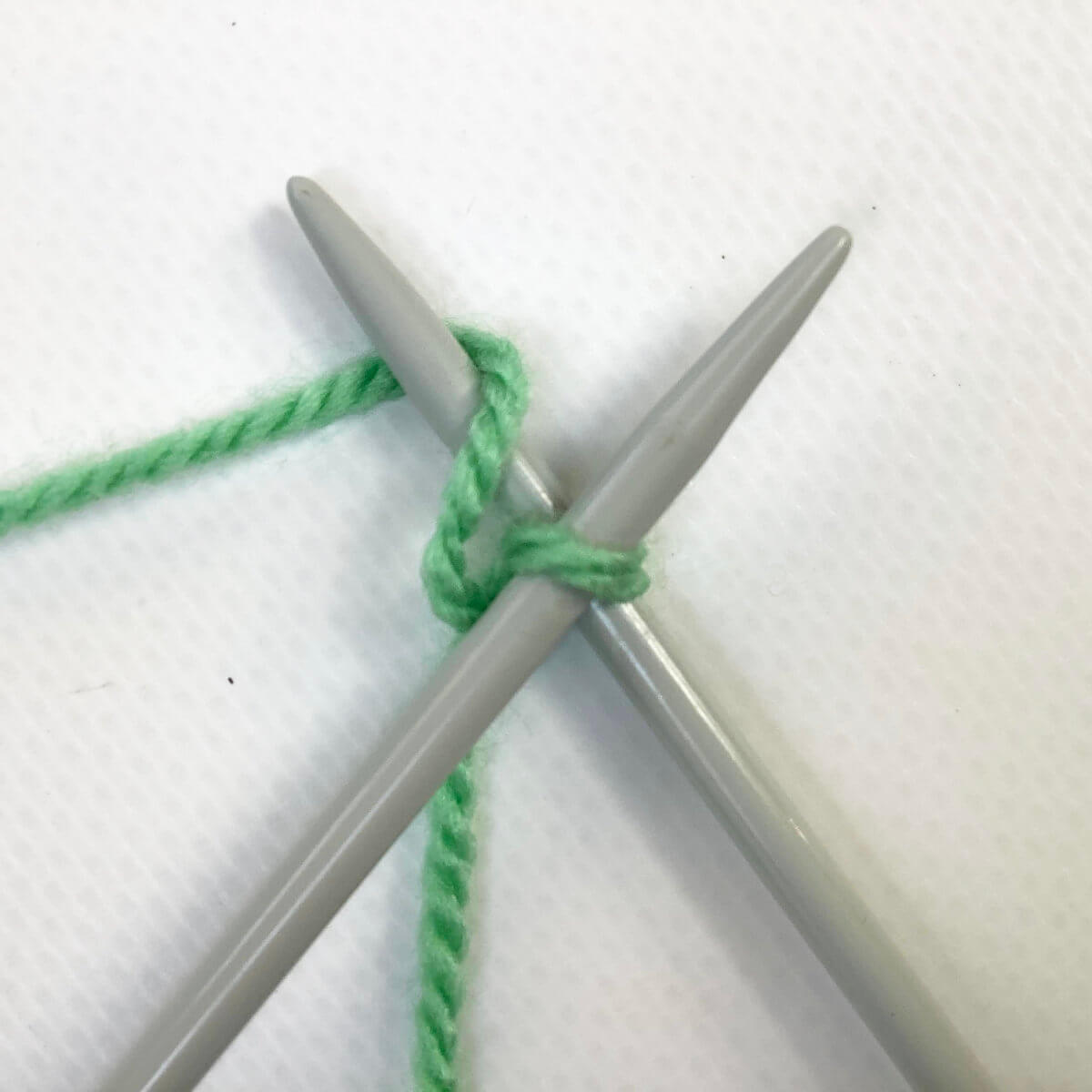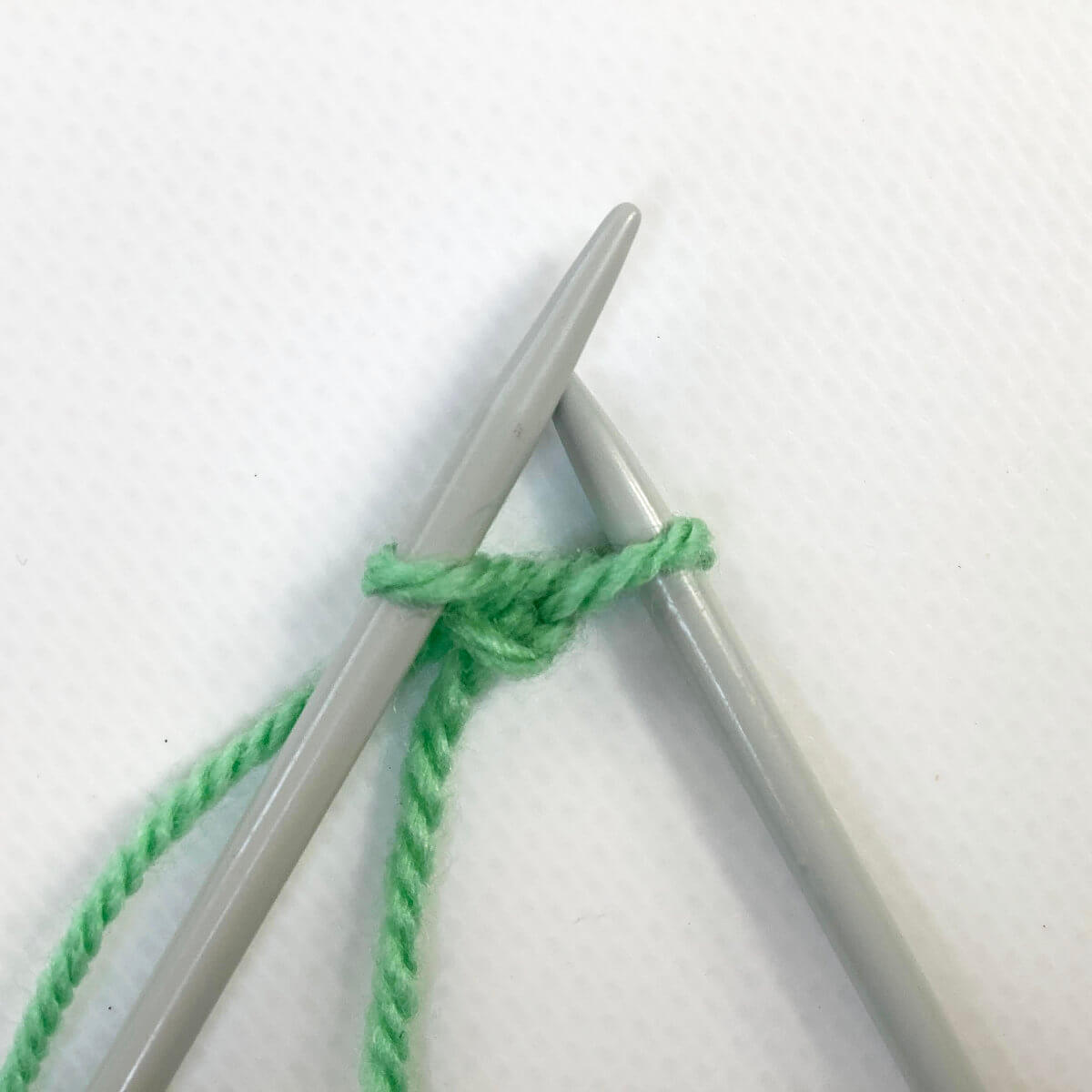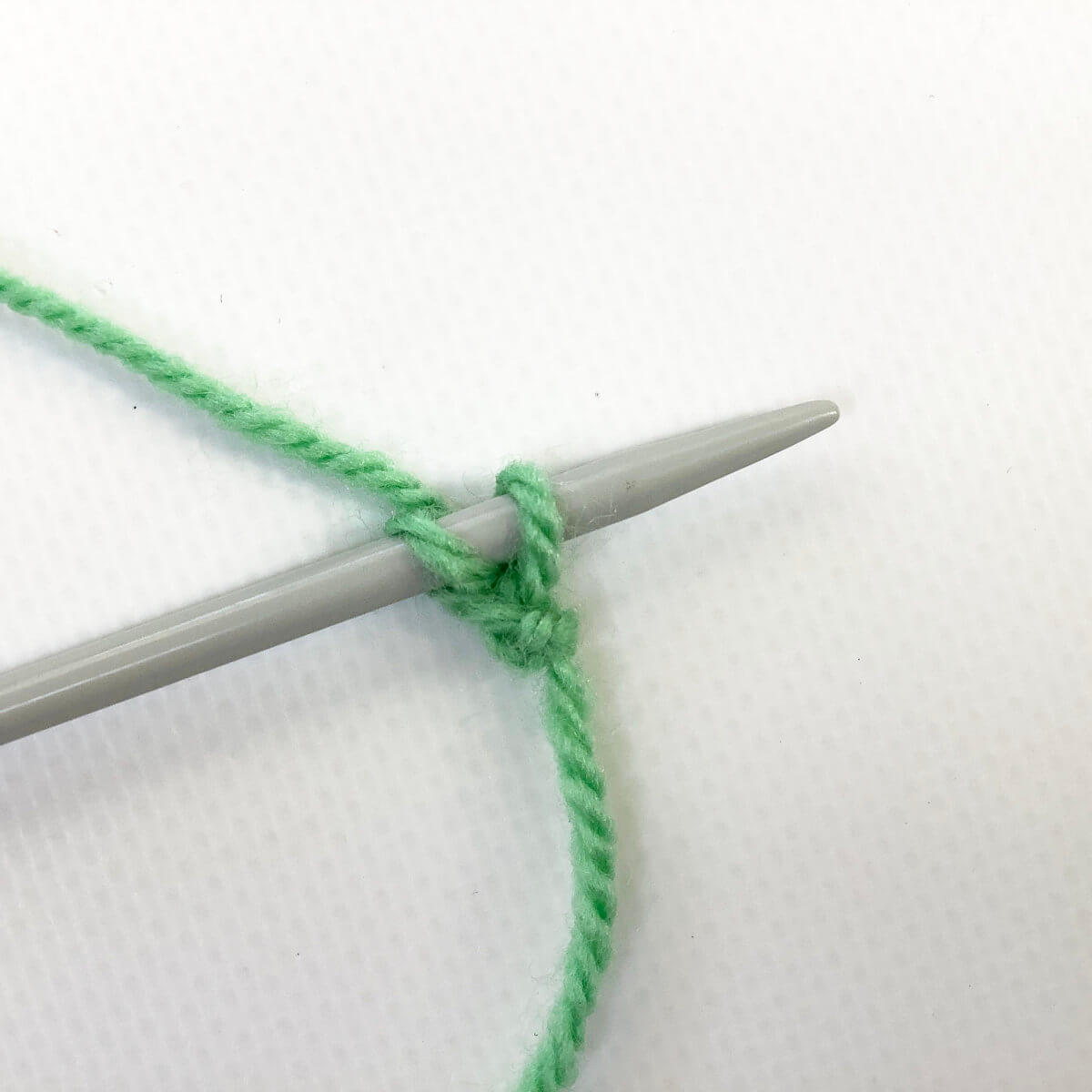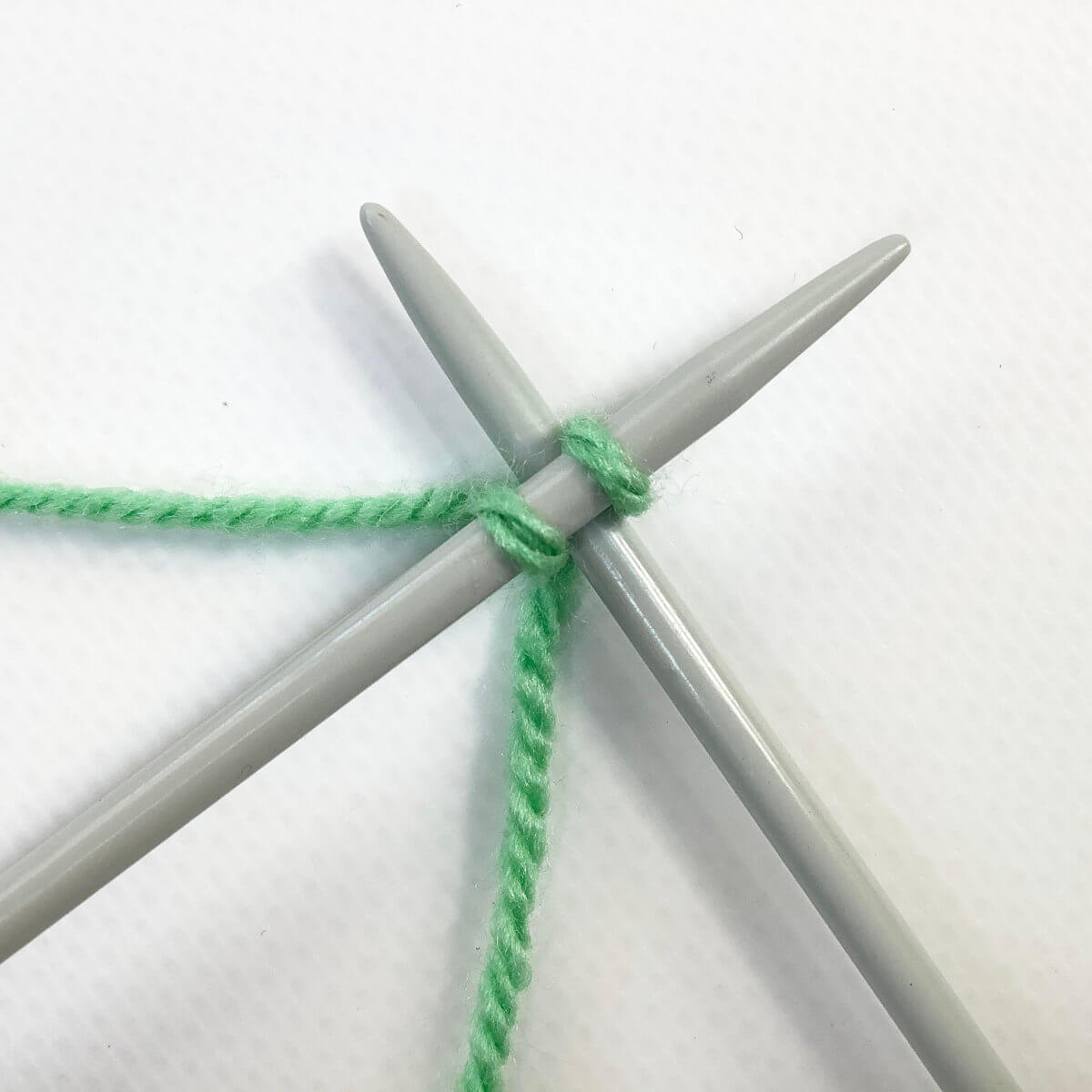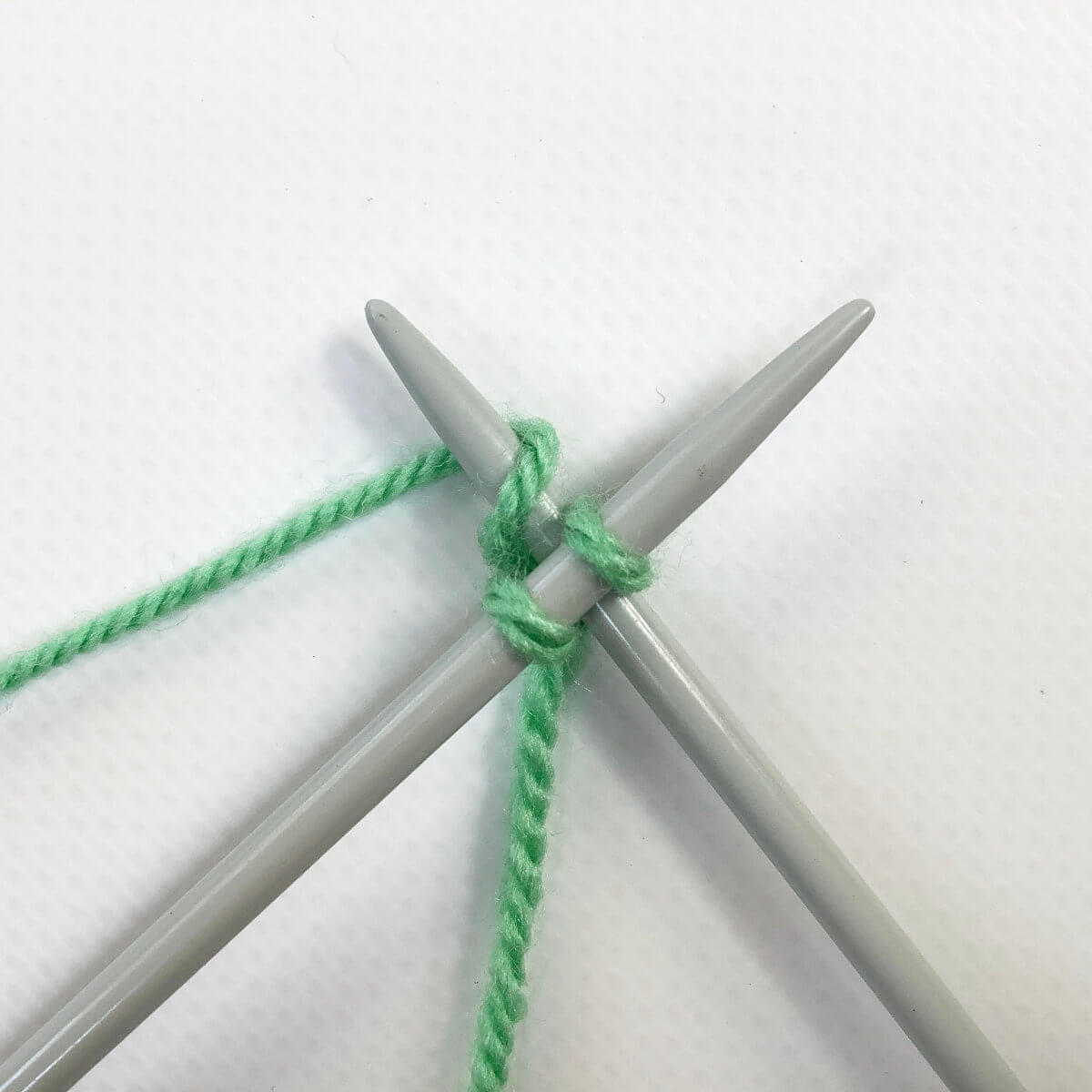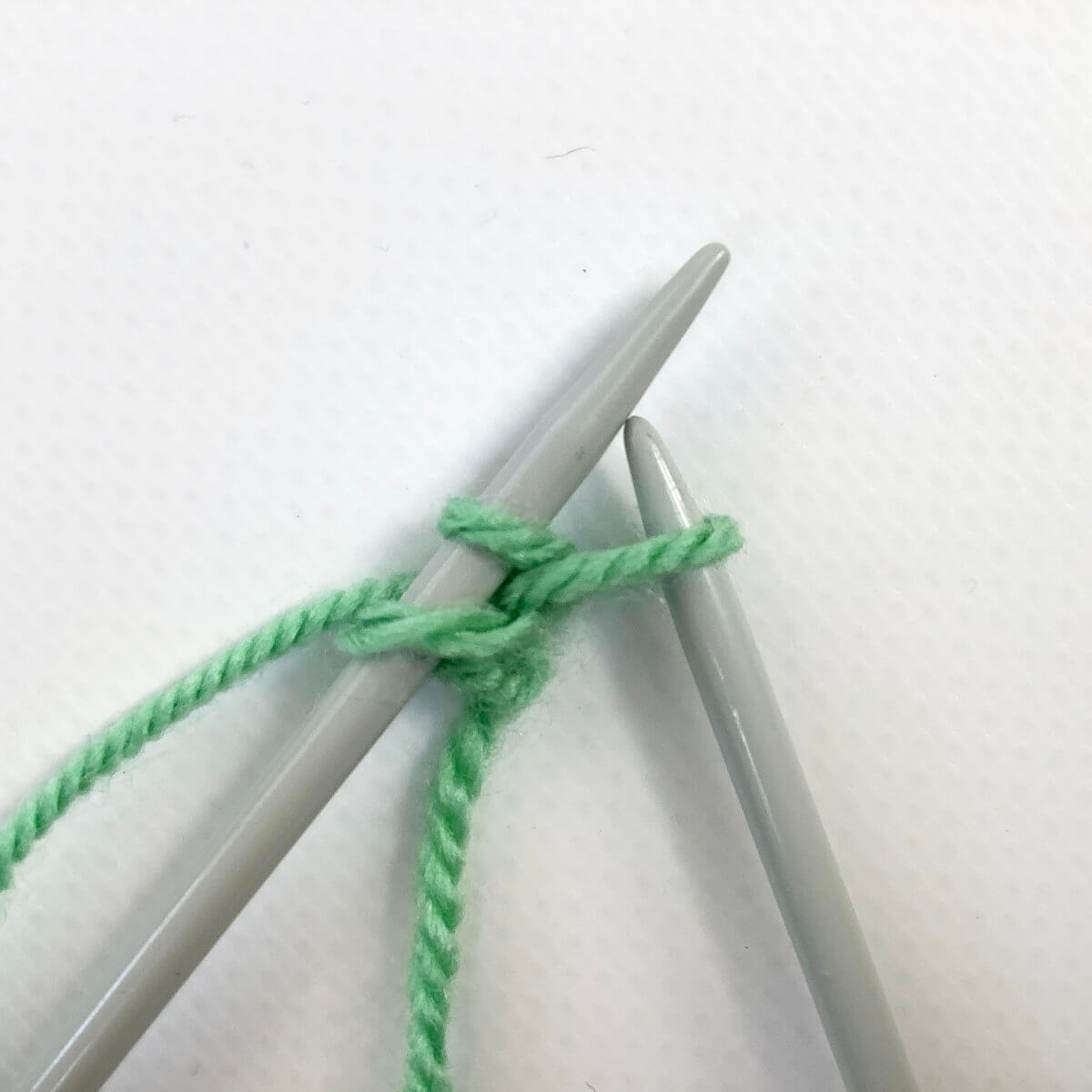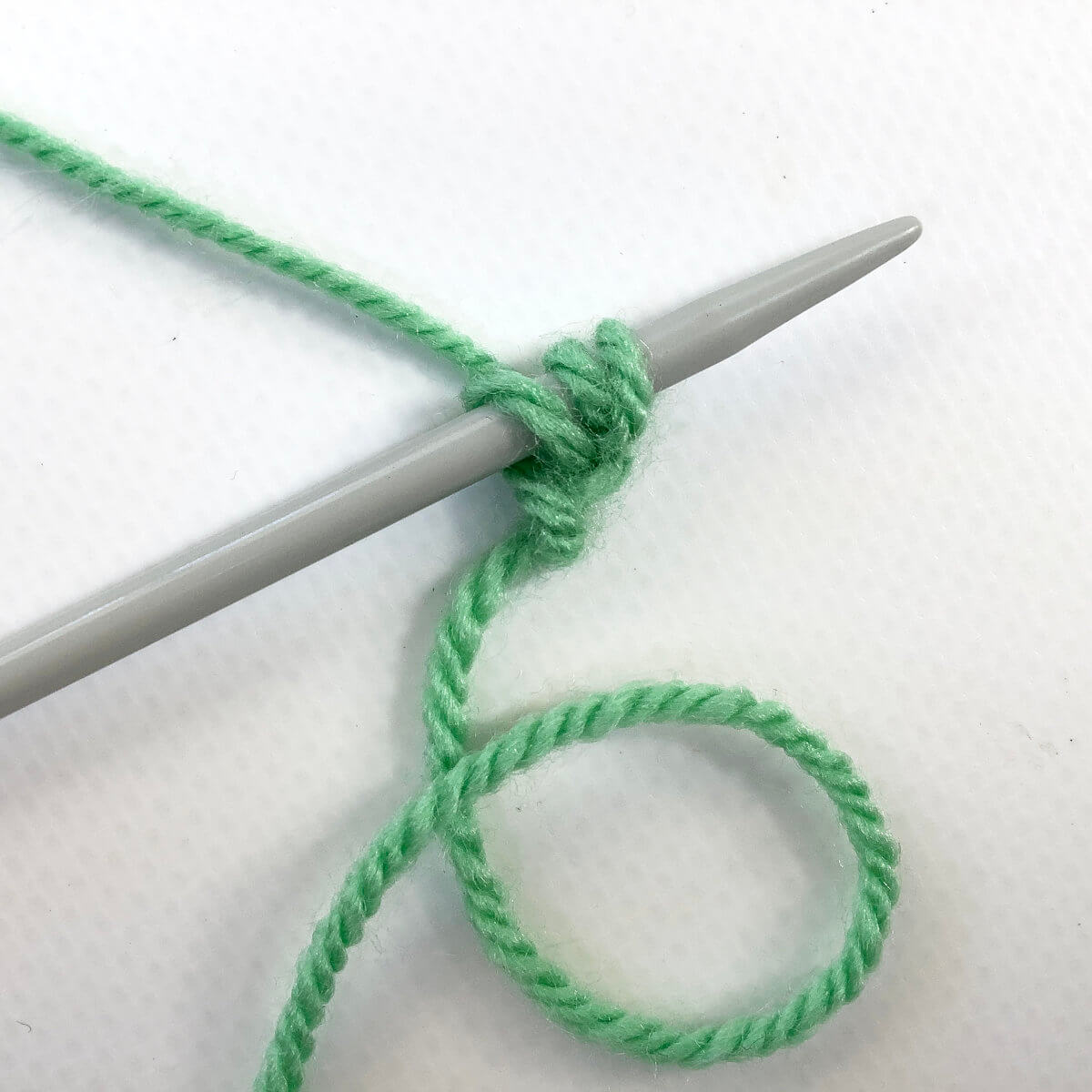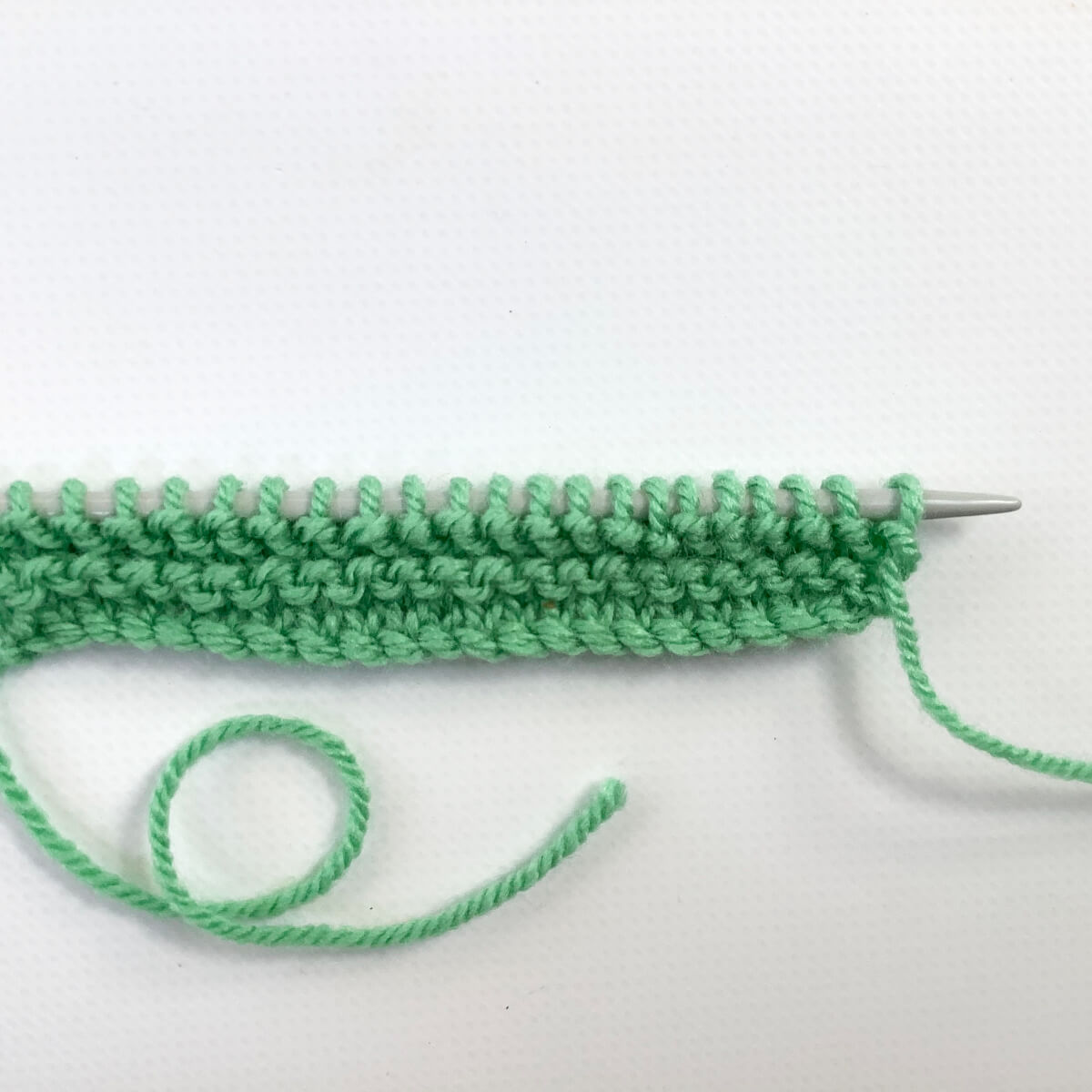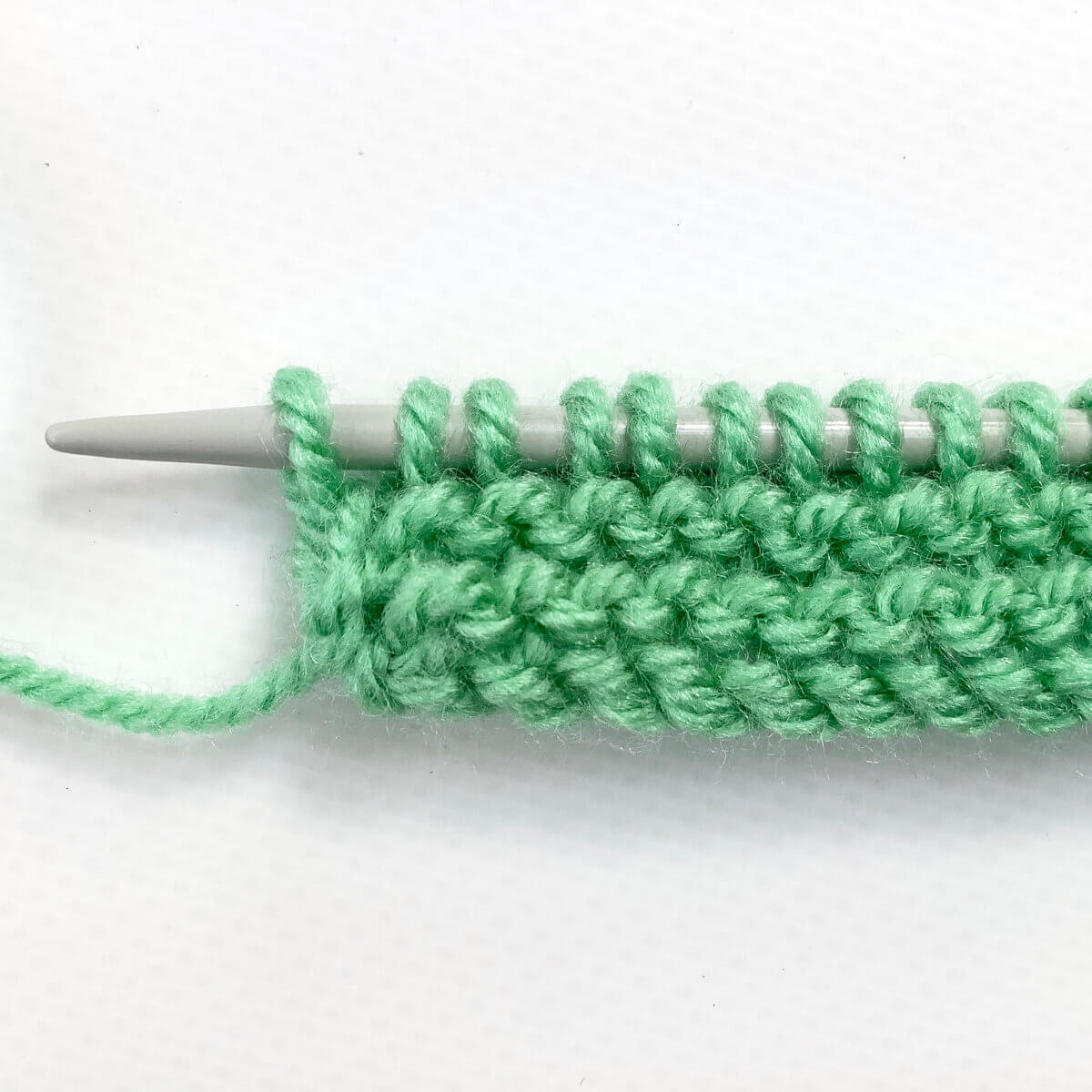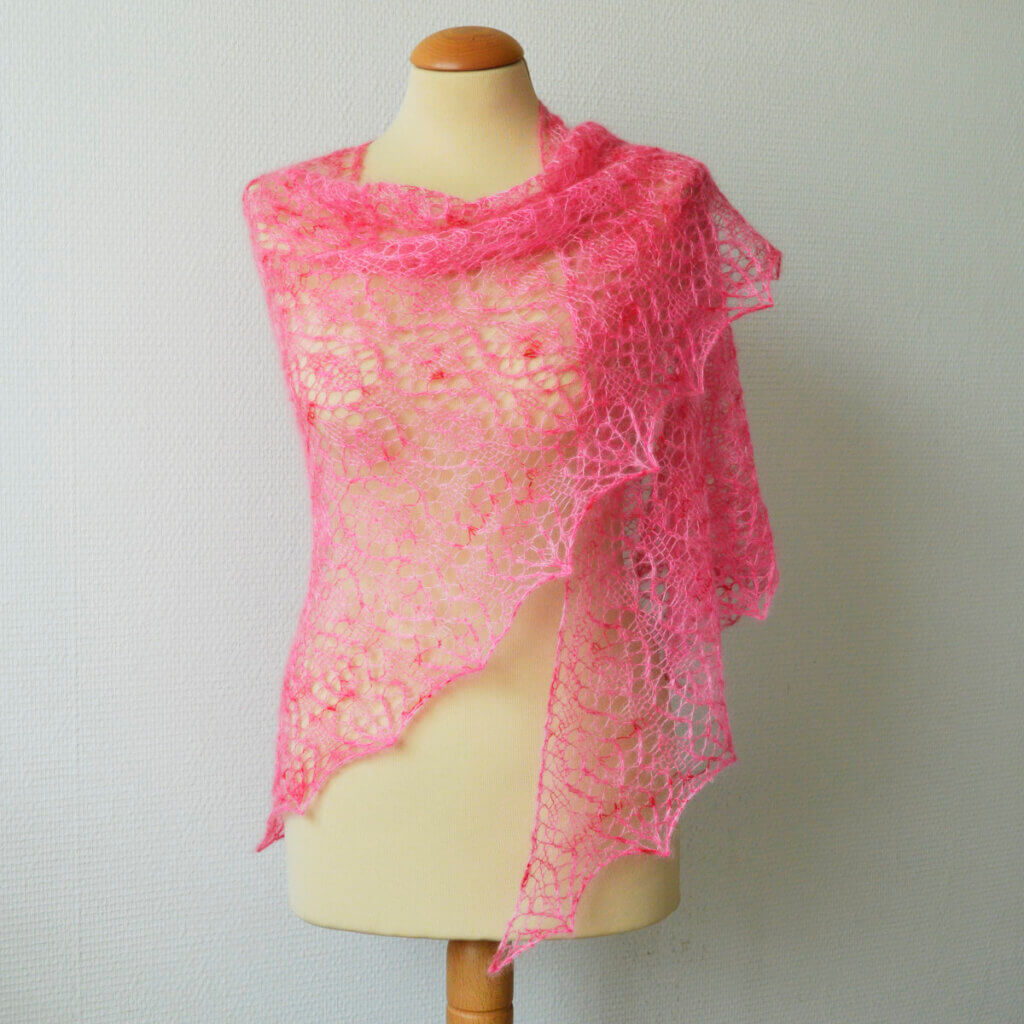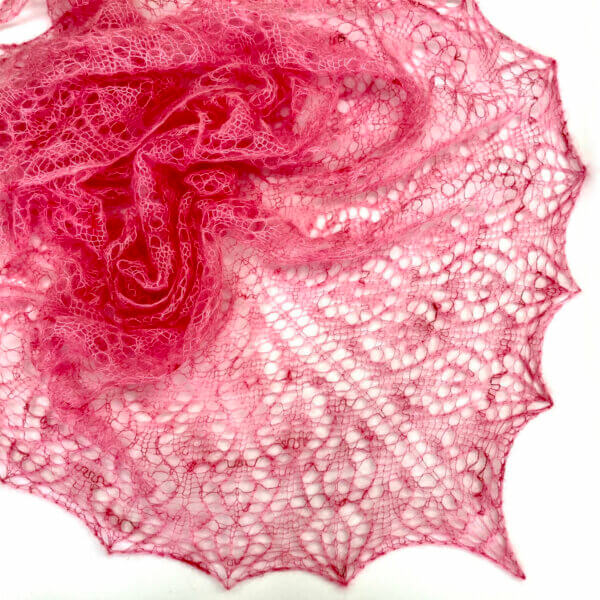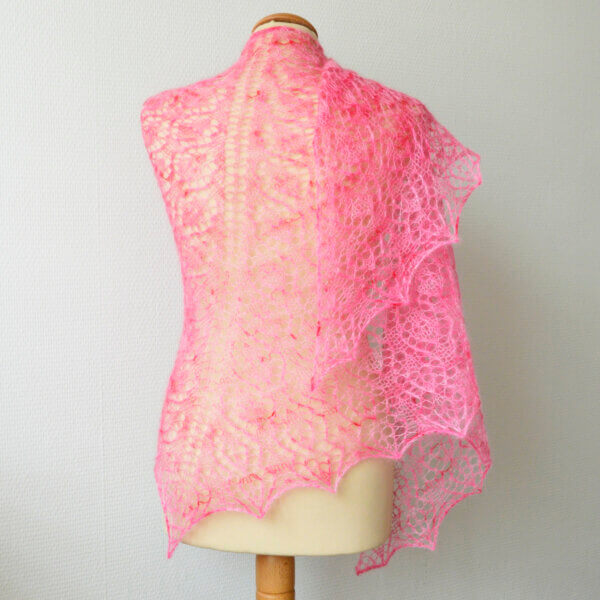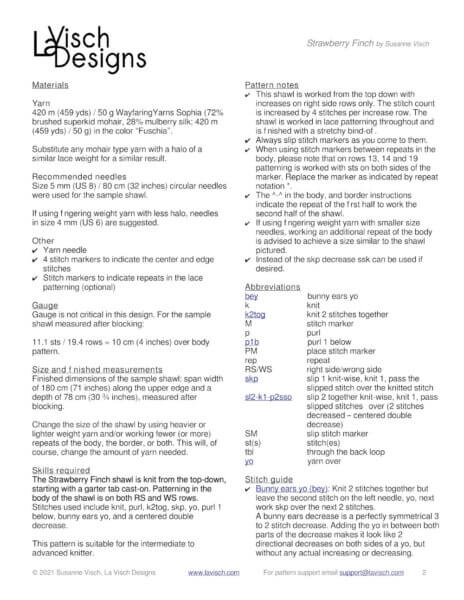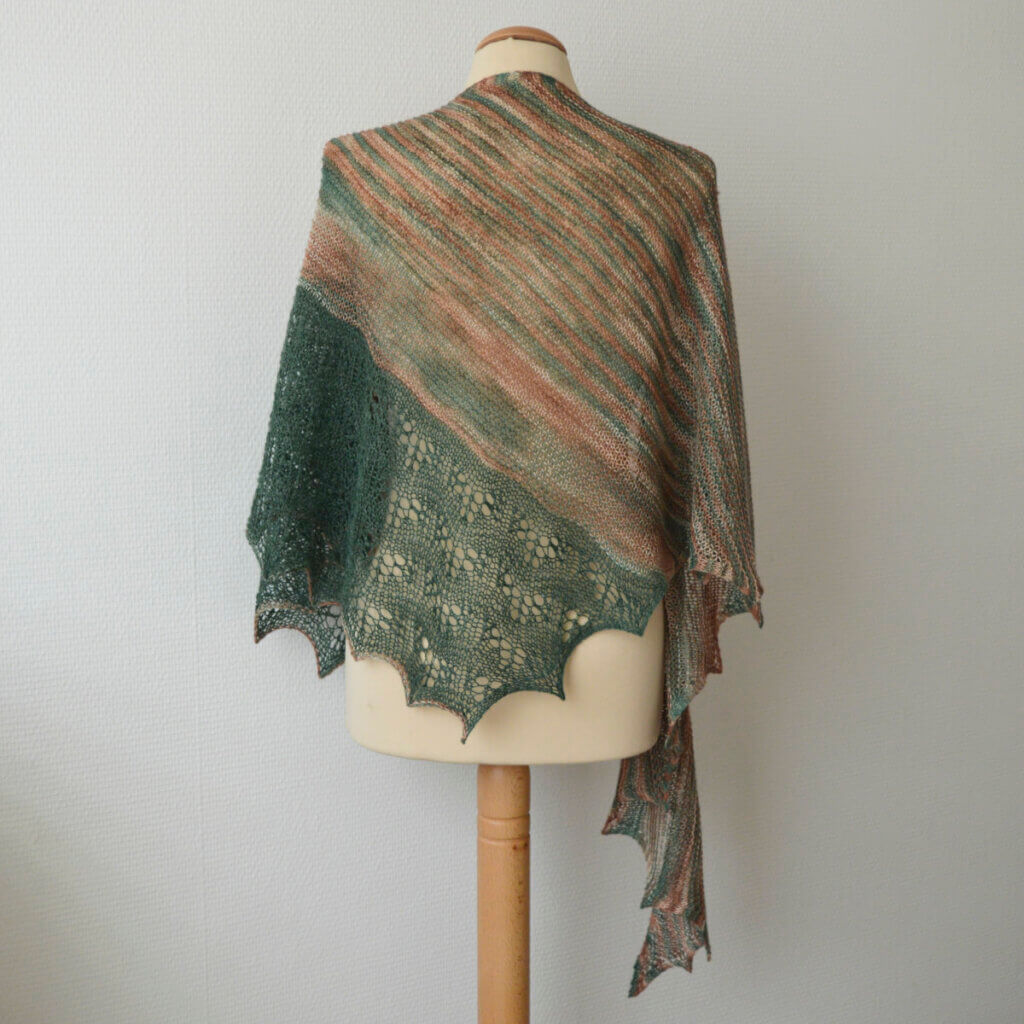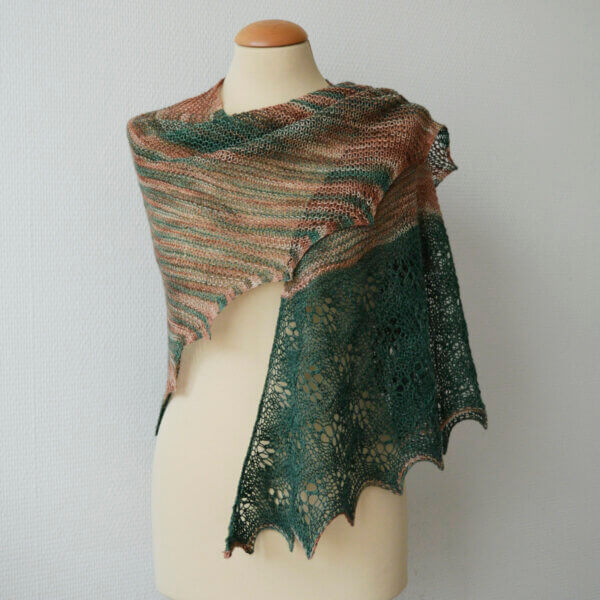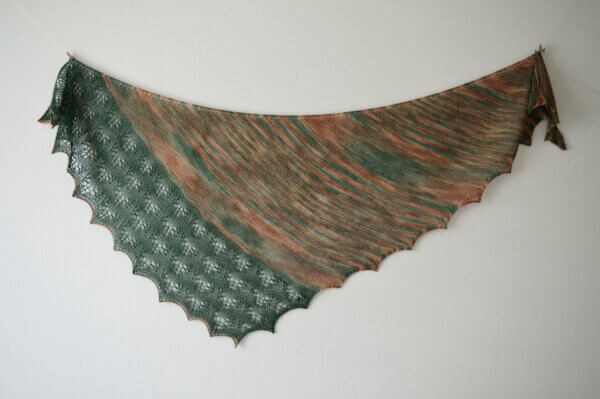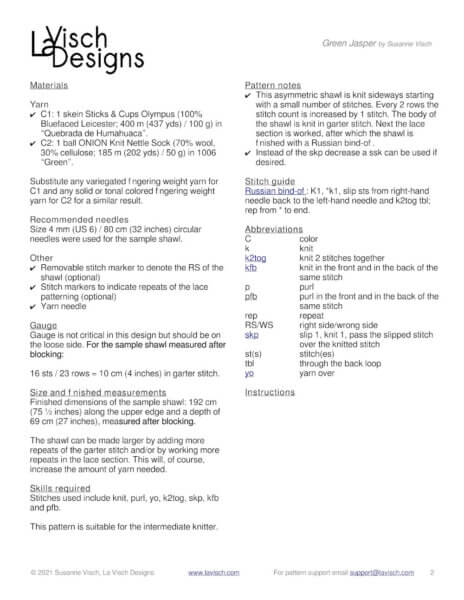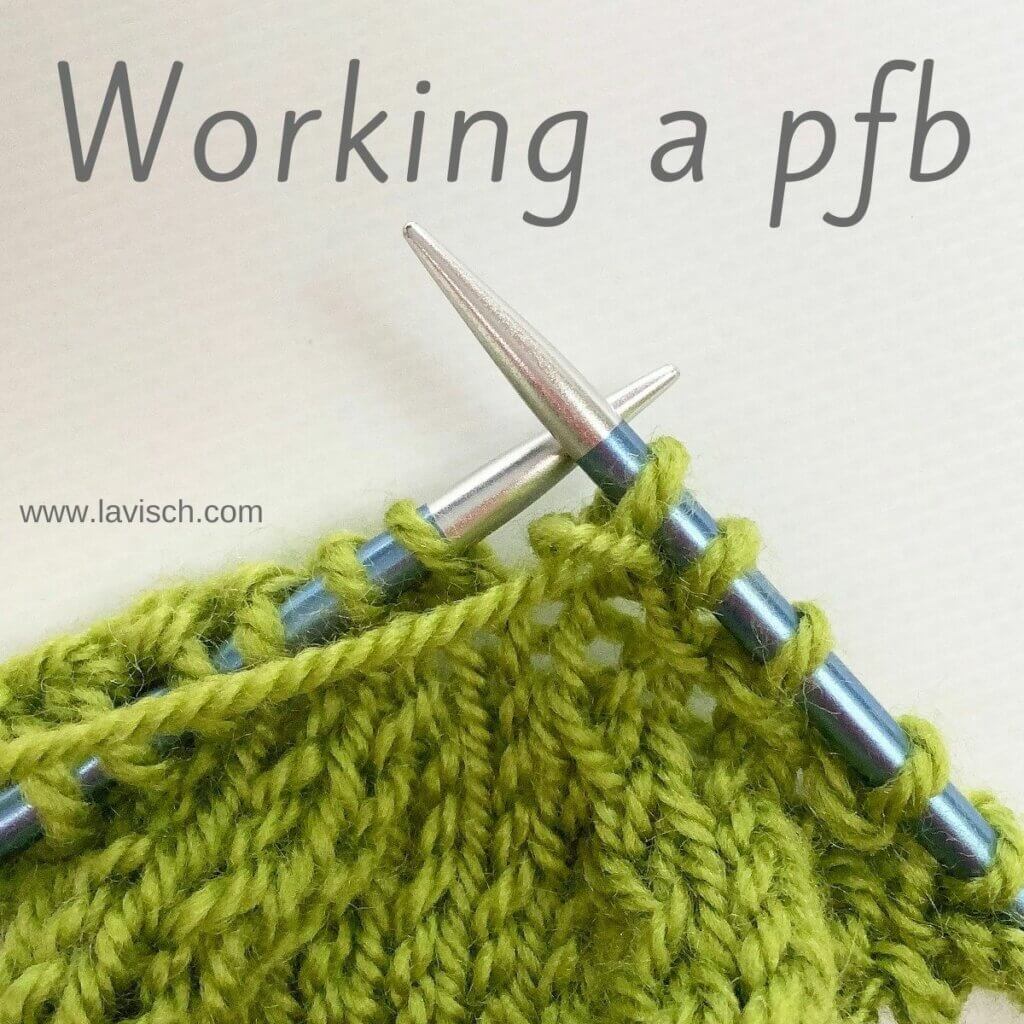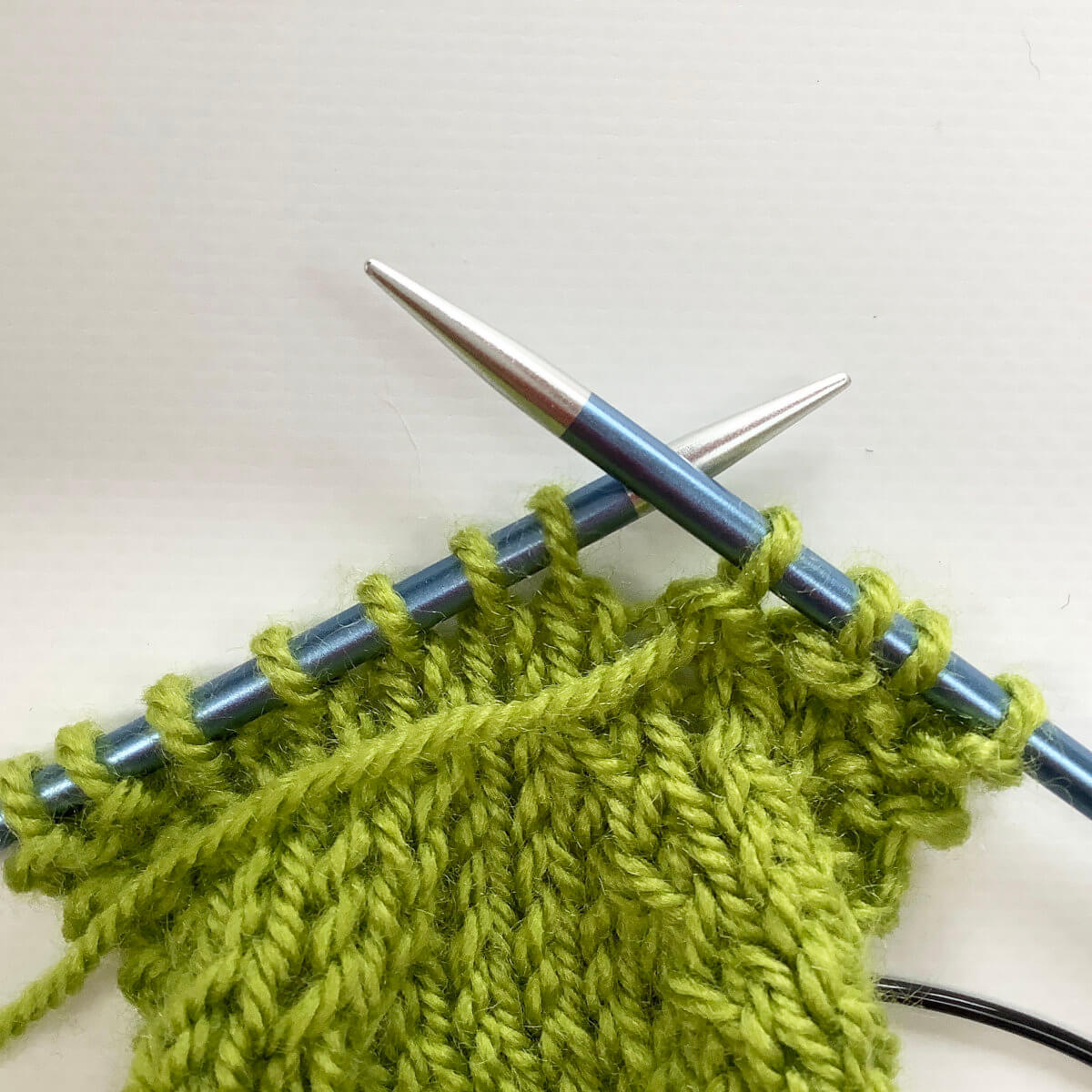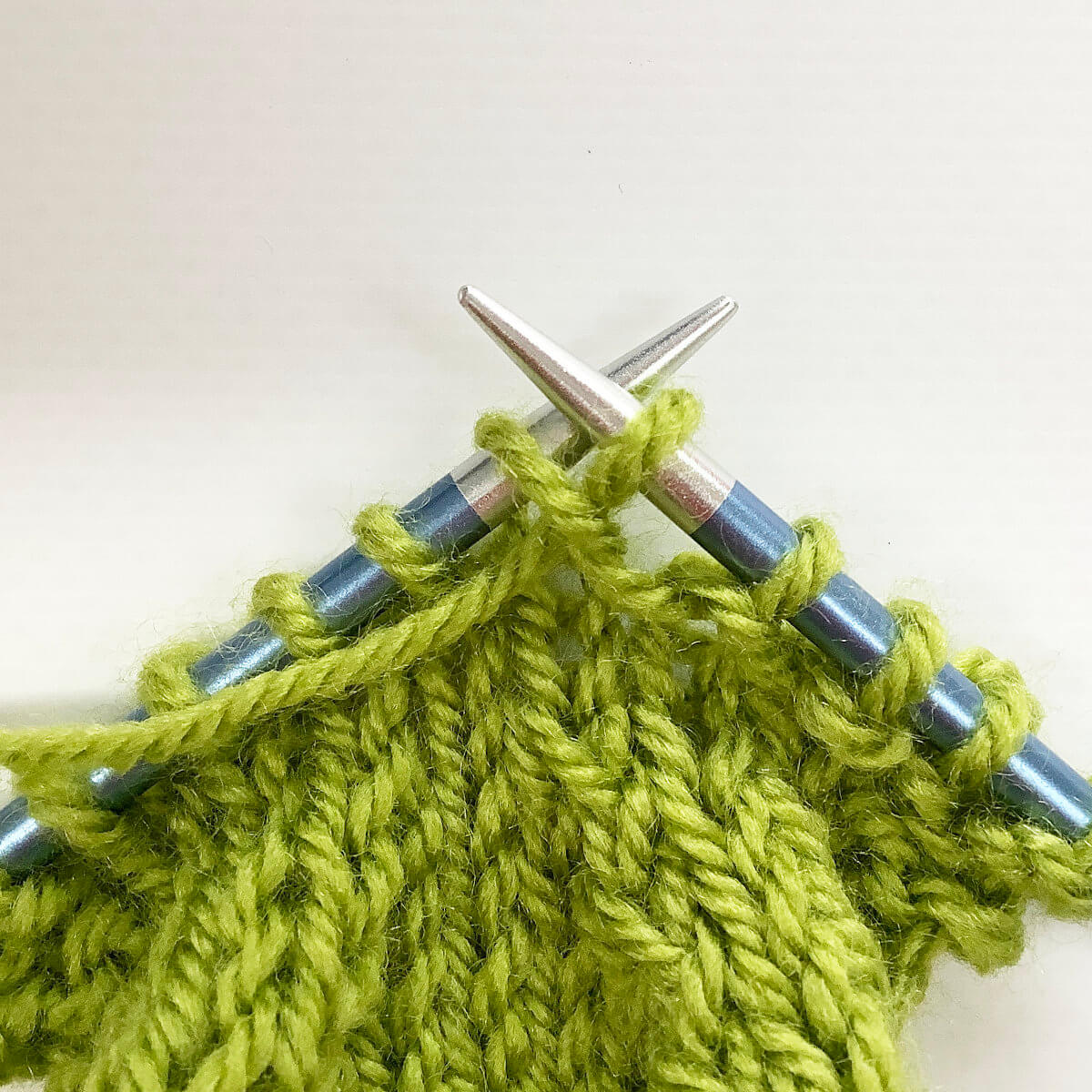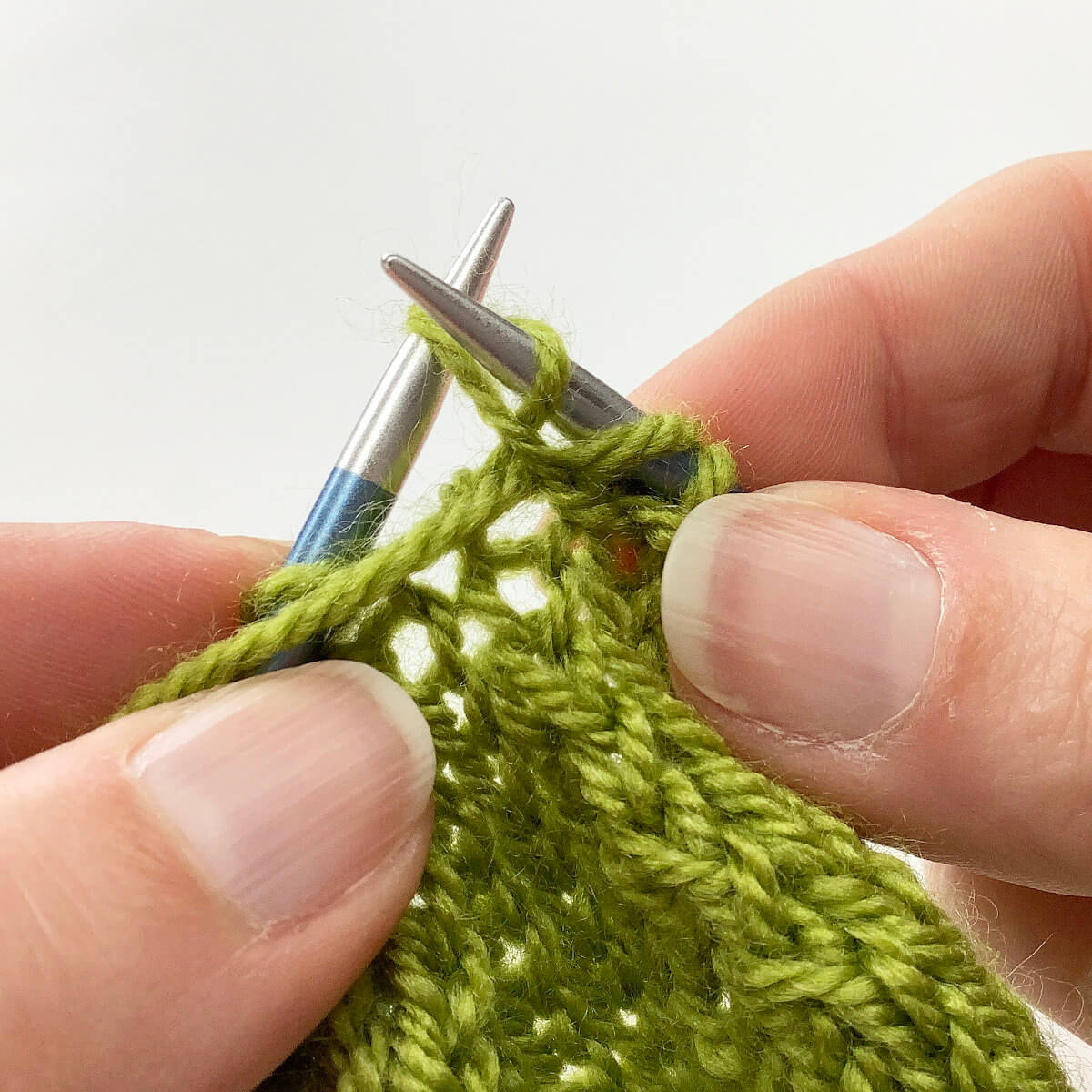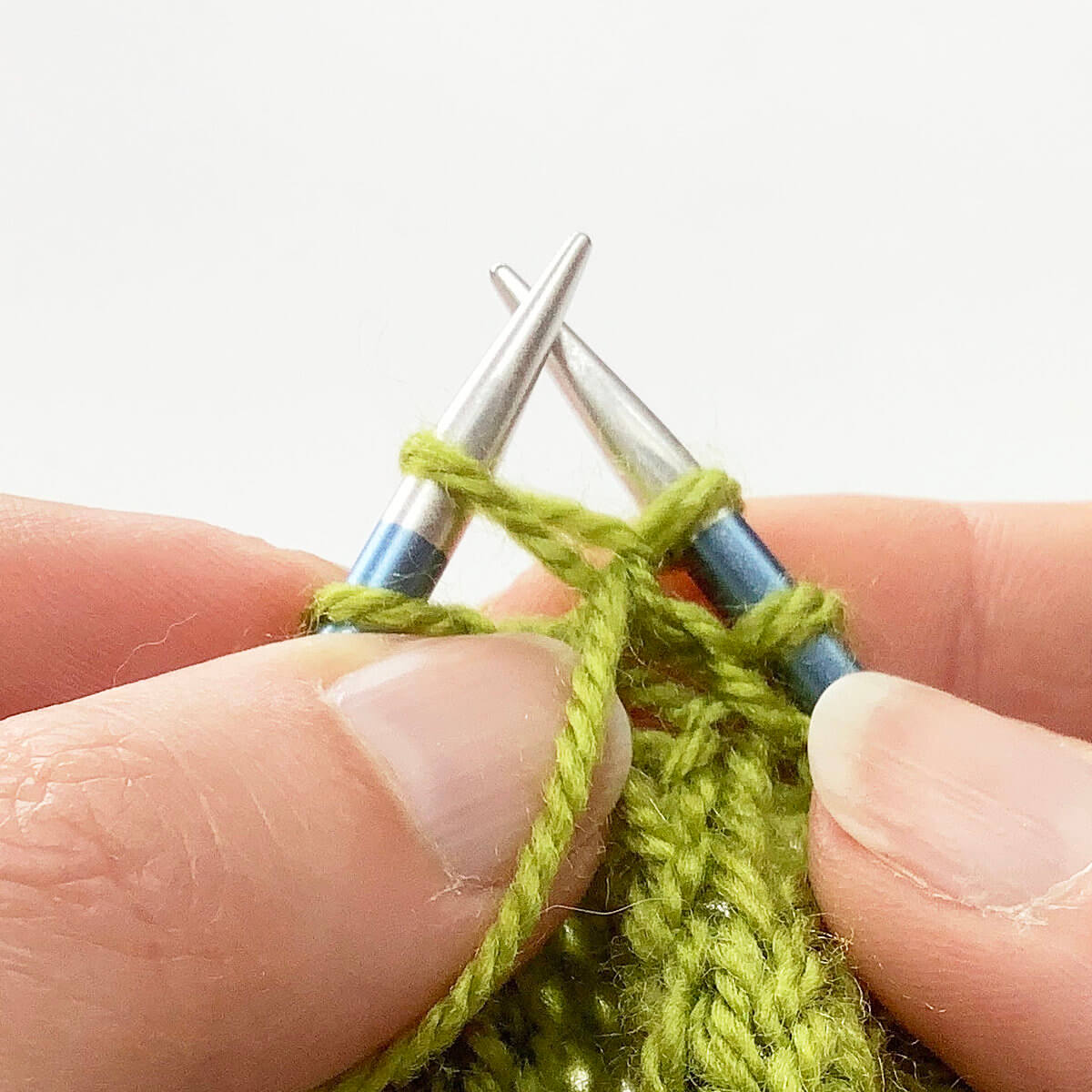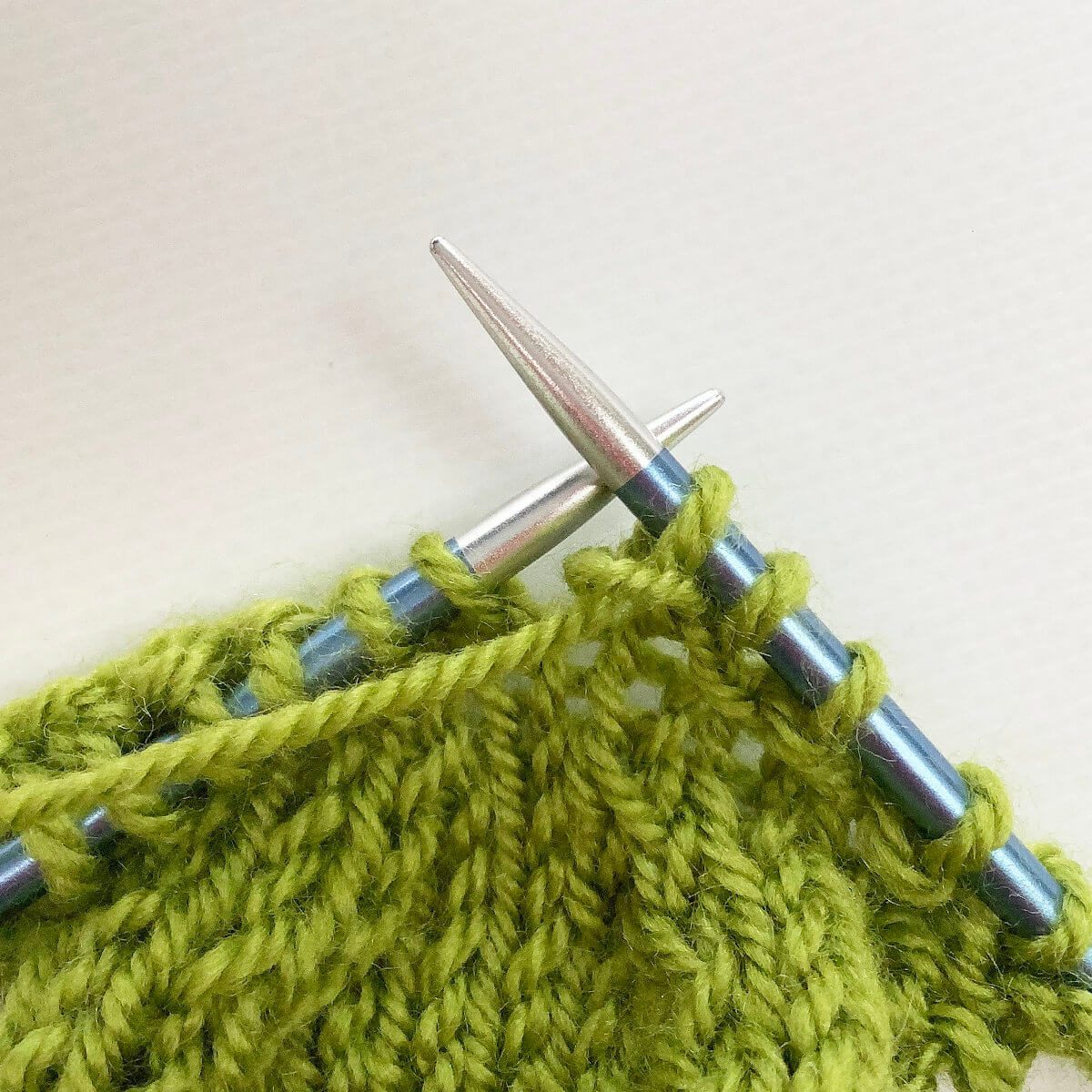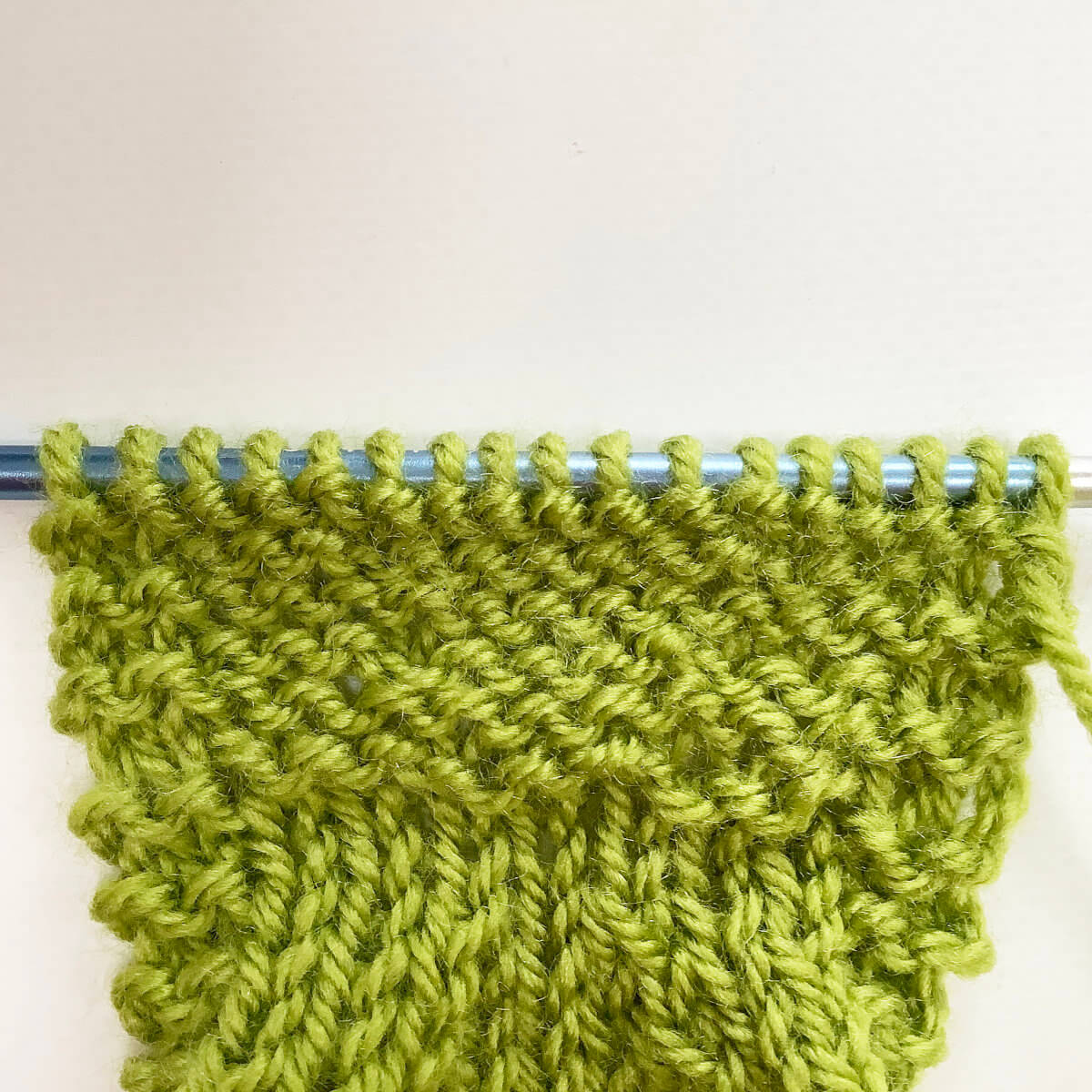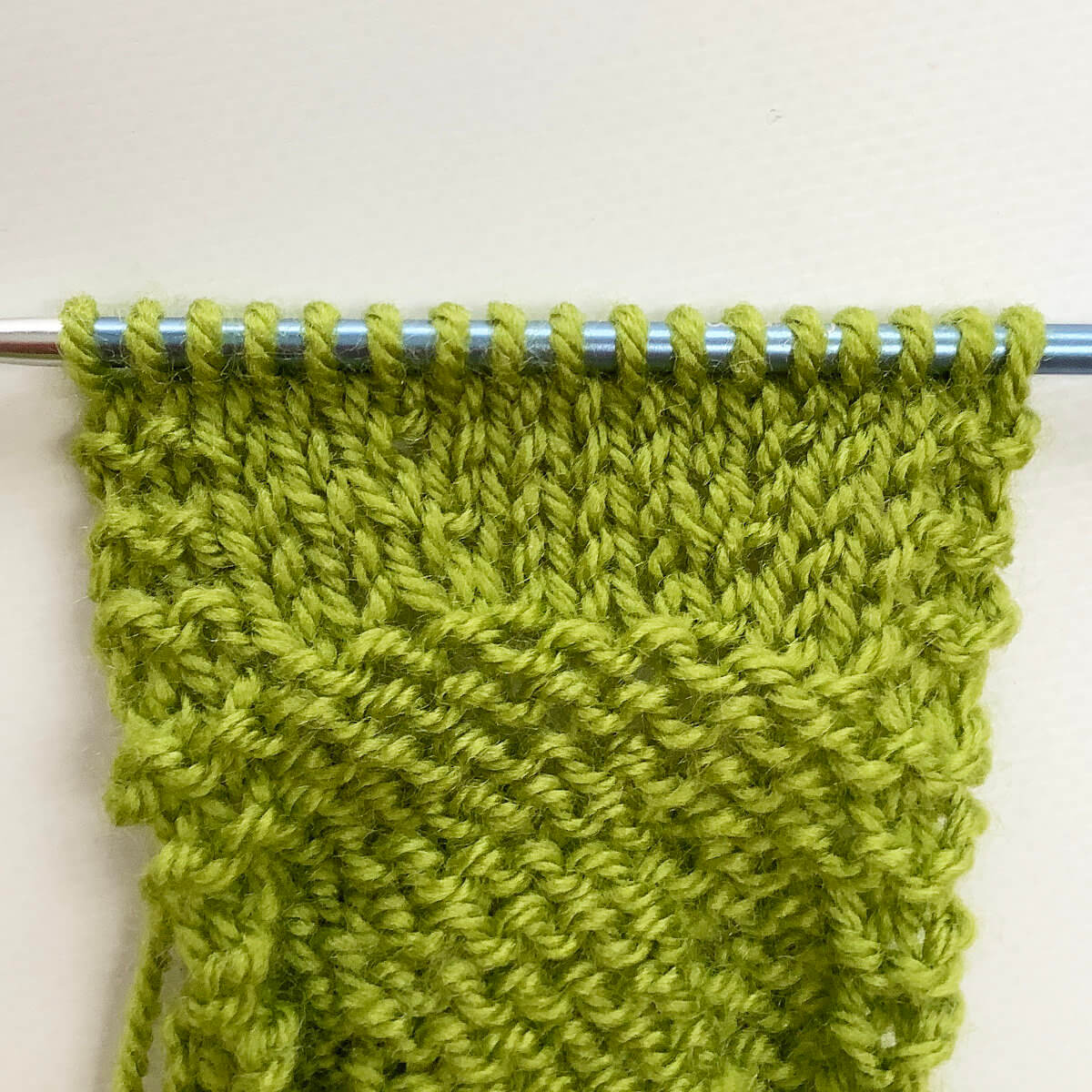duin
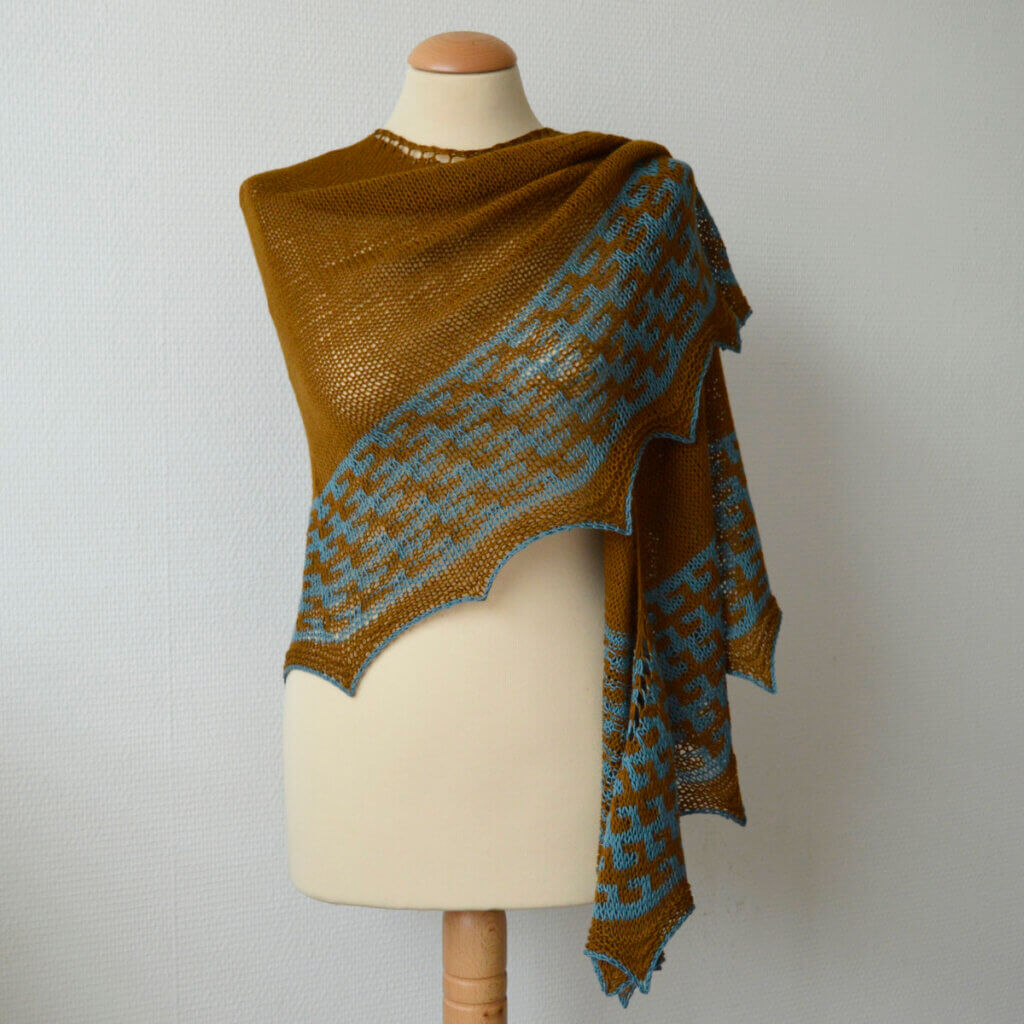
Duin is a crescent-shaped shawl worked from the top-down. The design contains color work in the border with the mosaic slip stitch technique: only one color is worked at a time. The perfect way to do color work without any tension issues or stress!
Start the shawl with a garter stitch tab. The body contains special shaping, which helps to avoid the “bump” in the upper edge of the shawl, so often present in crescent shawl designs. The instructions for the mosaic color work are provided both fully charted and written out.
Pay what you want: (minimum €6.50)
Difficulty level
Start the Duin shawl with a special garter stitch tab, the pattern contains a link to a La Visch Designs photo tutorial. Stitches used include knit, purl, yo, k2tog, and m1l, and m1r increases. This pattern is therefor suitable for the advanced beginner or intermediate knitter.
Sizes and finished measurements
Finished dimensions of the sample shawl: 200 cm (78 ¾ inches) along the upper edge and a depth of 62 cm (24 ½ inches), measured after blocking.
Change the size of this shawl by using lighter or heavier yarn. This will, of course, change the amount of yarn needed.
Pattern details
- Duin has a gauge of approx. 17 sts / 22 rows = 10 cm (4 inches) over stockinette, measured after blocking. Gauge is not critical in this design, but for a look similar to the sample shown, a loose gauge is advised.
- Pattern languages included: English.
- Digital PDF has 4 pages (letter size)
Yarn
Sandnes Garn Tynn merinoull (100% Merino; 175 m (191 yds) / 50 g) in the following colors and amounts:
- MC: 525 m (573 yds) / 150 g in 2564 Caramel
- CC: 175 m (191 yds) / 50 g in 6562 Petrol
Substitute any wool fingering or sport weight yarn in colors with sufficient contrast for a similar result.
Materials
- Size 4 mm (US 6) / 80 cm (32 inches) circular needles. Use needles appropriate for the yarn chosen.
- Size 4.5 mm (US 7) / 80 cm (32 inches) circular needles (or larger as needed) – for mosaic color work, to minimize “pulling in”.
- 2 stitch markers to indicate the center stitches of the shawl.
- Yarn needle


